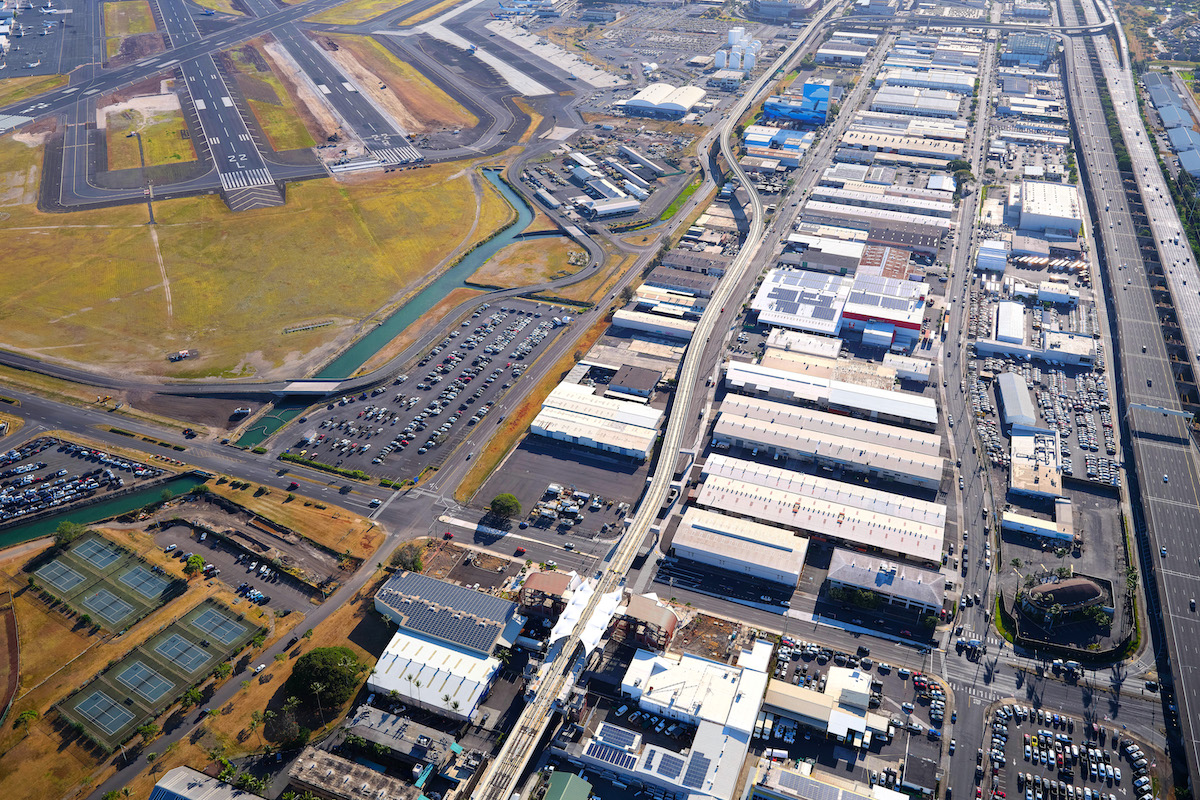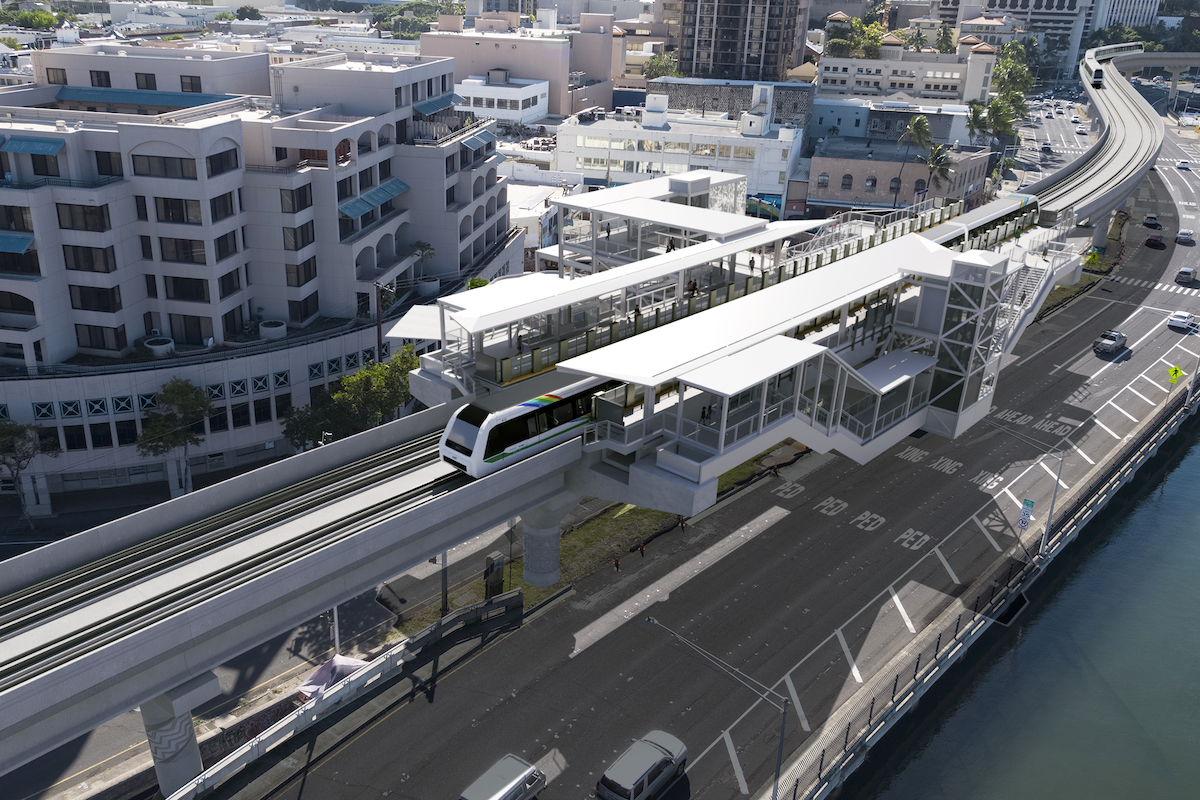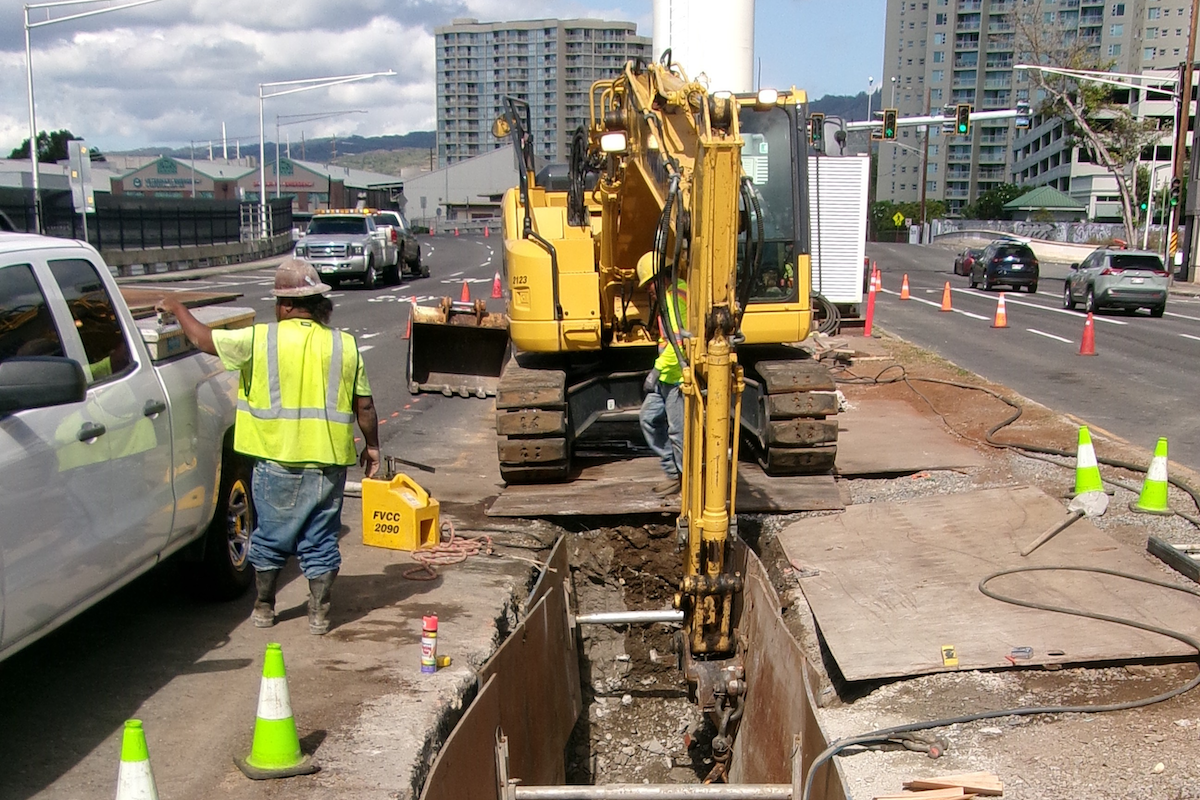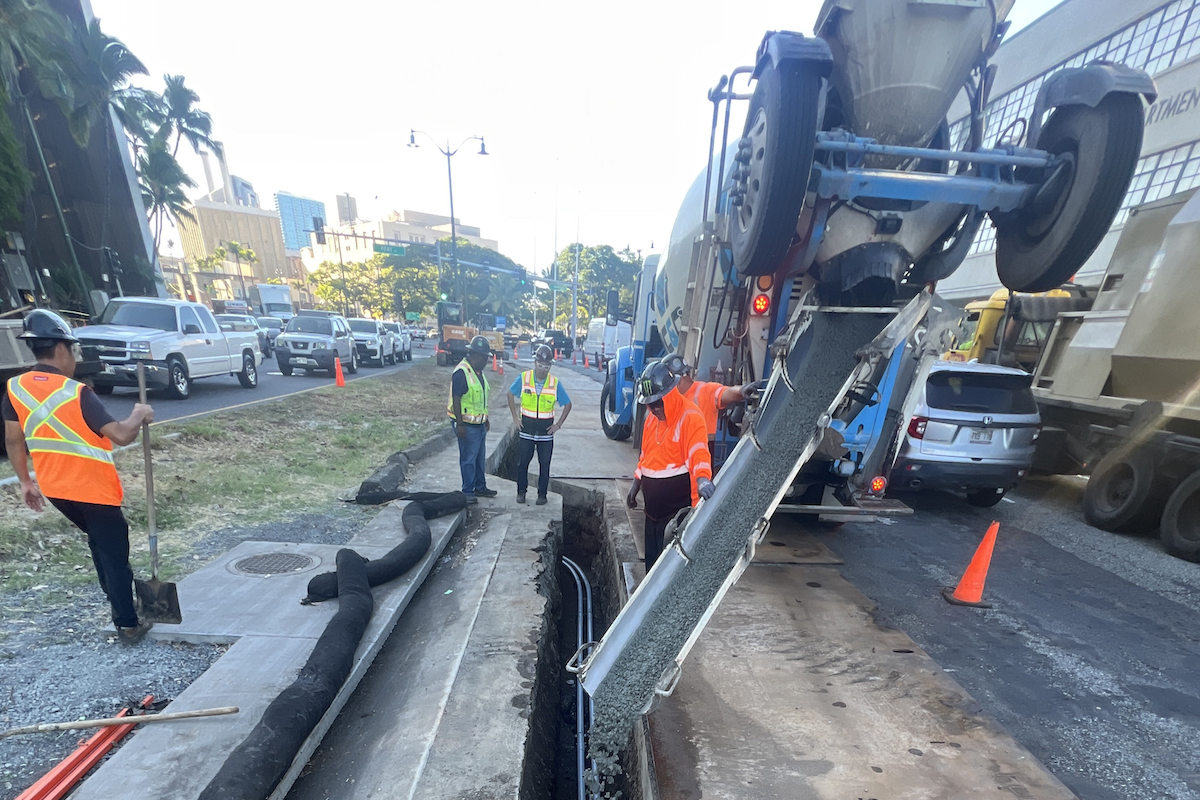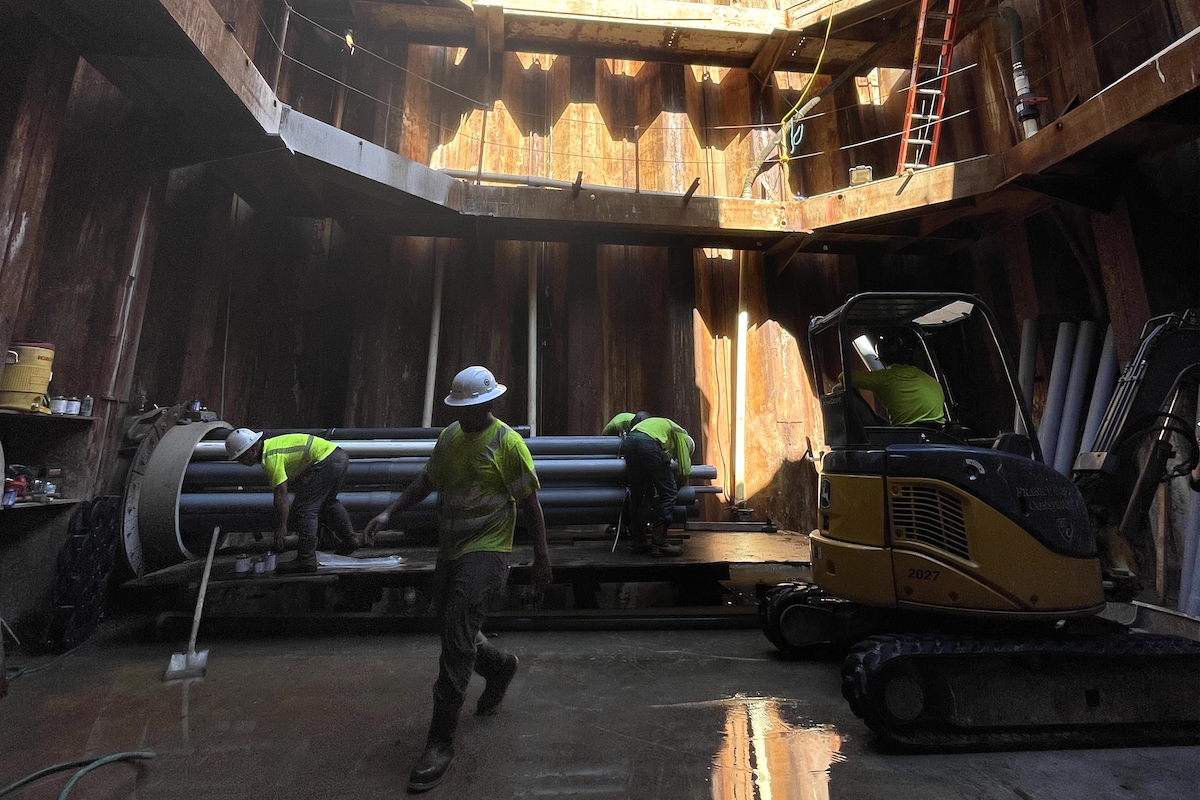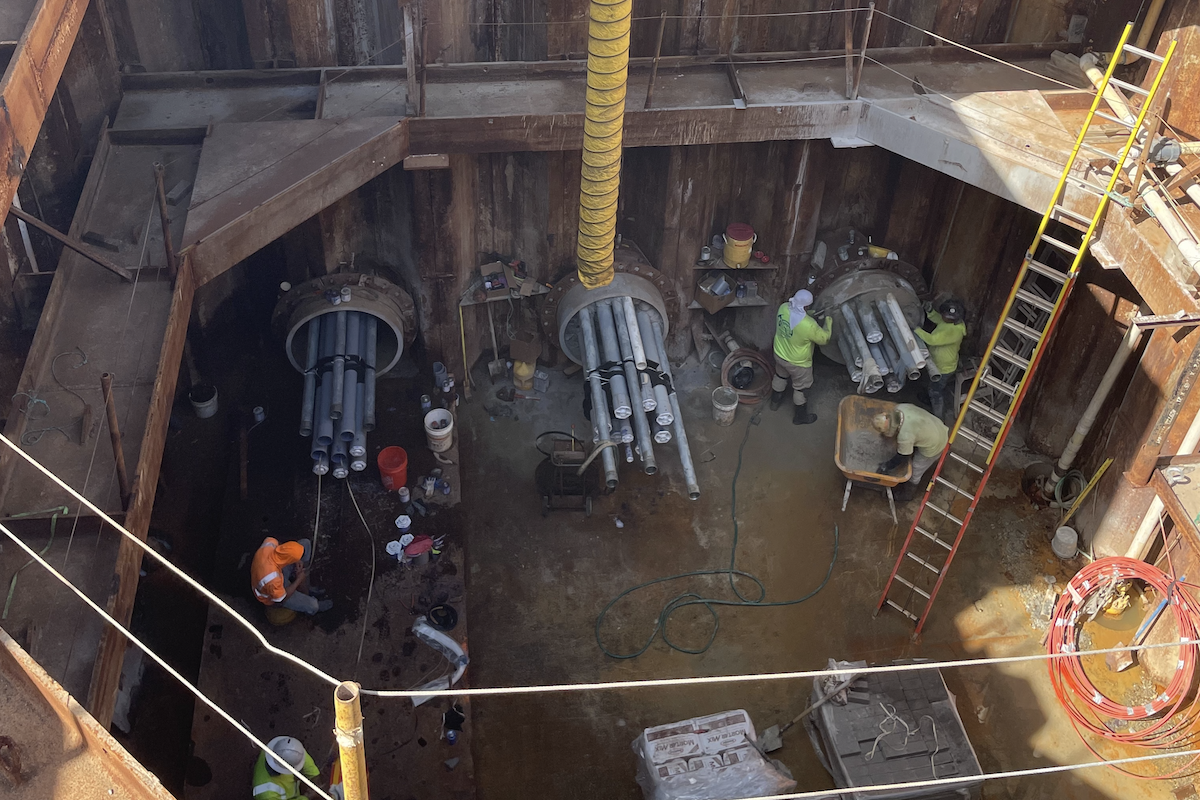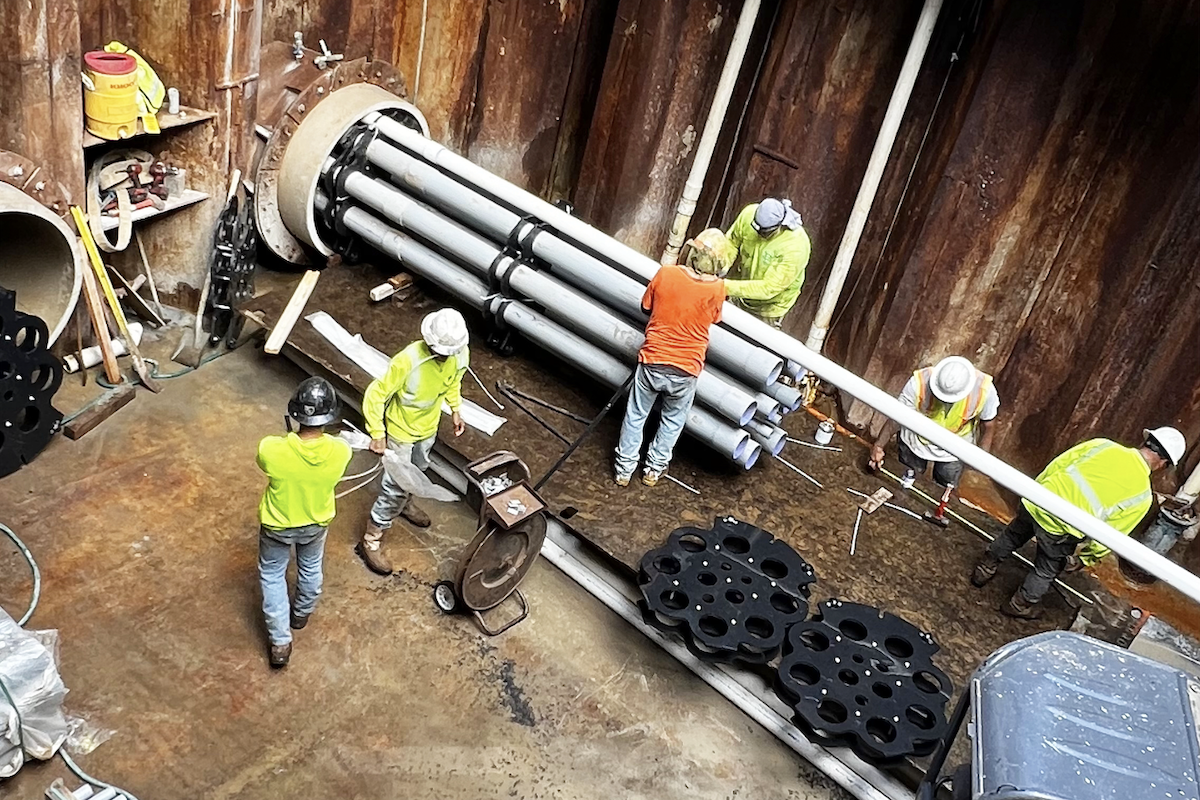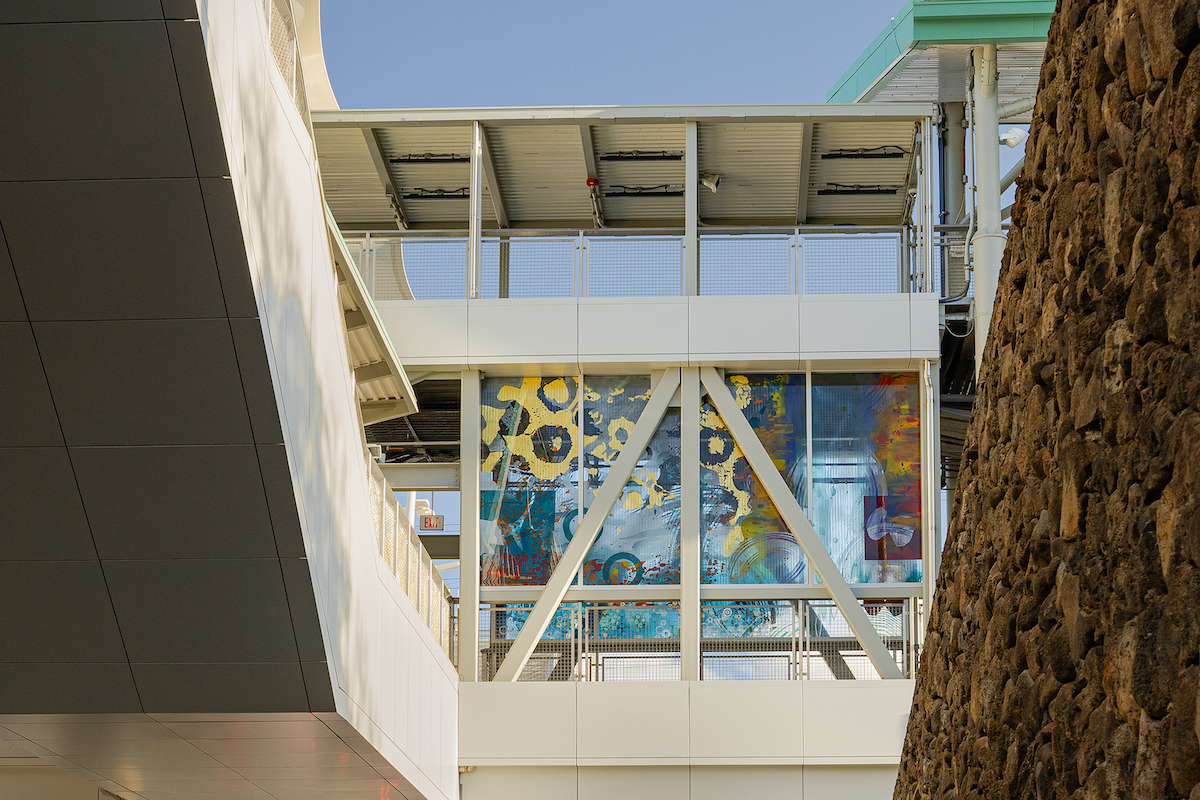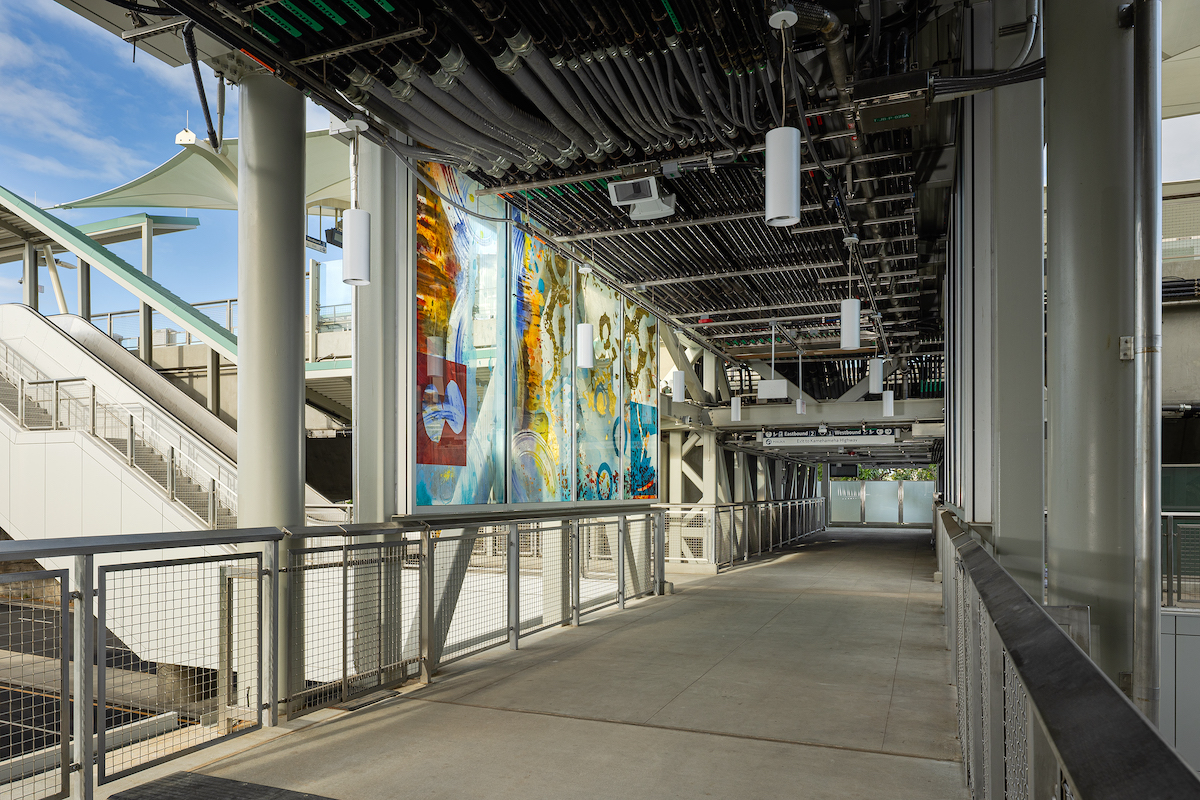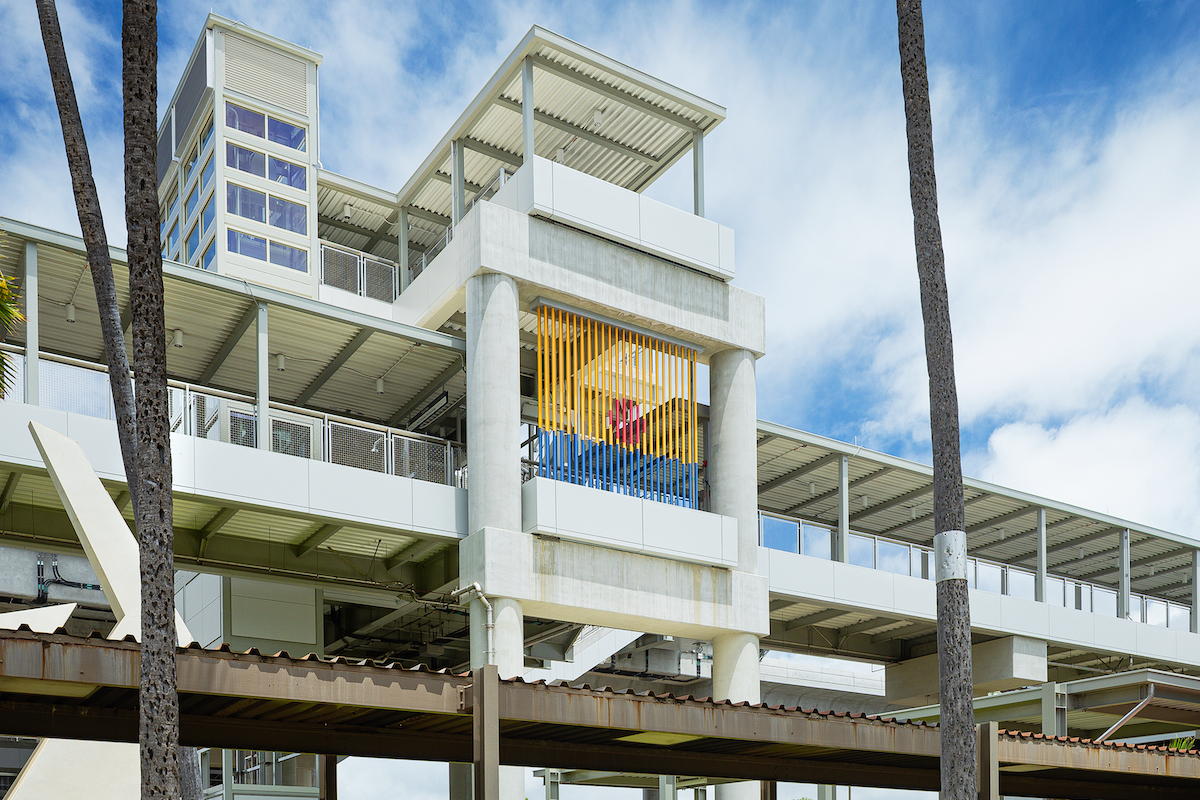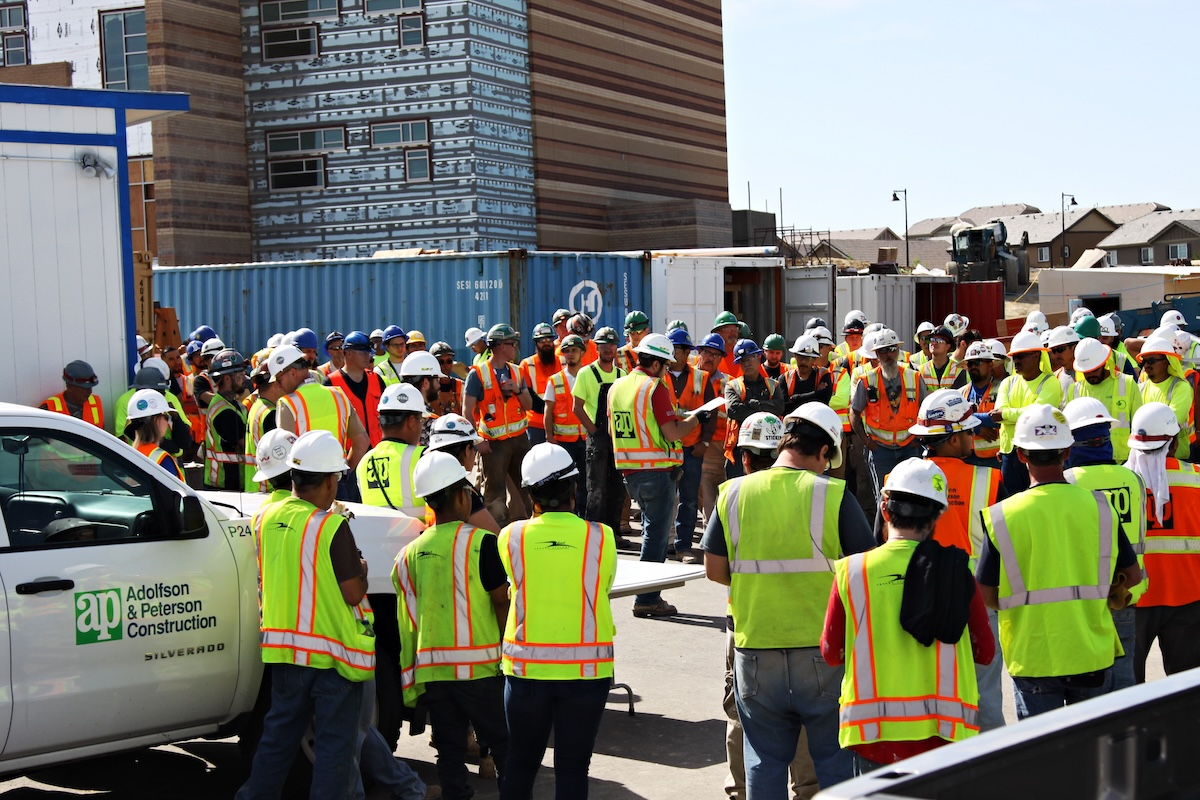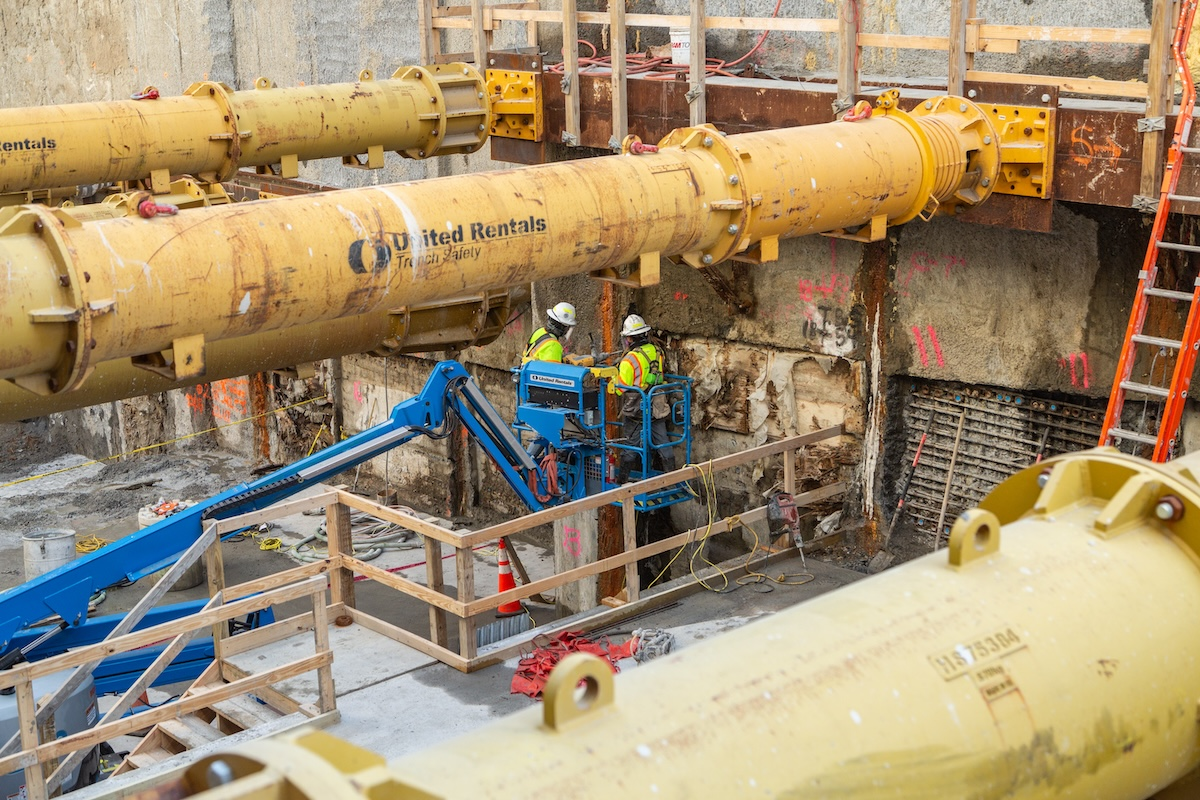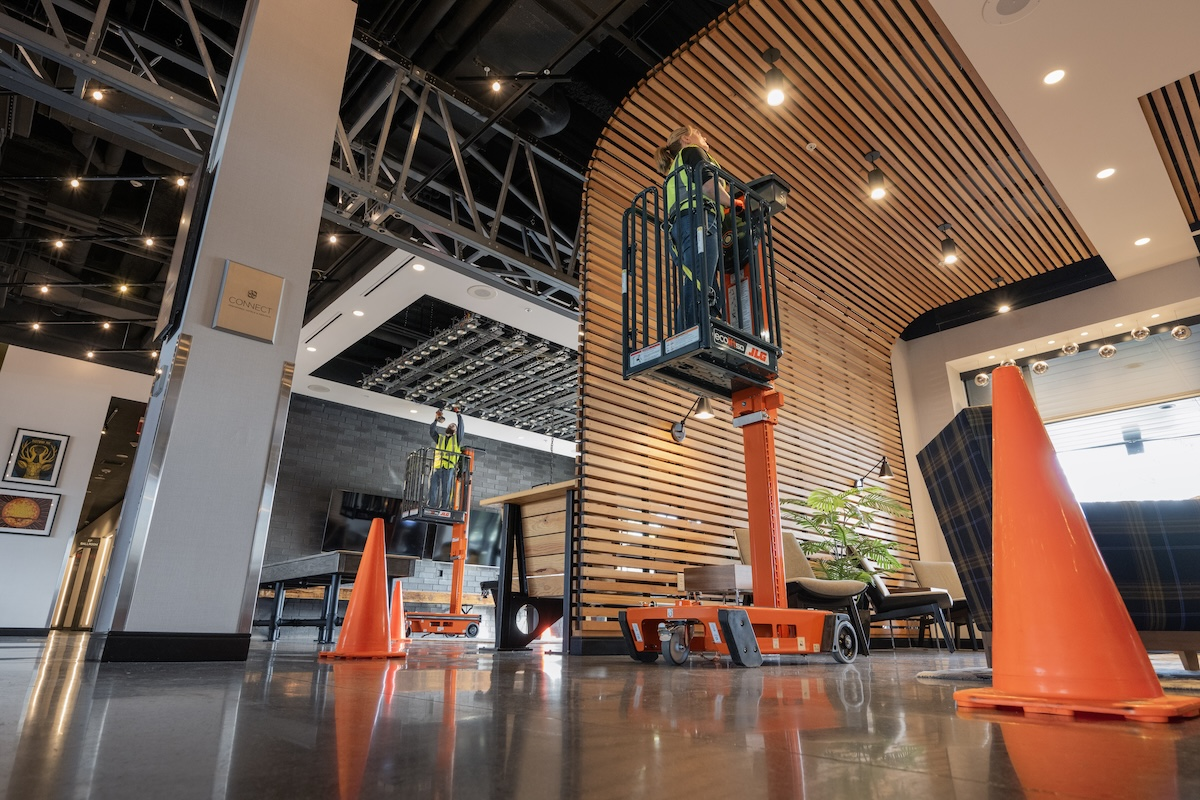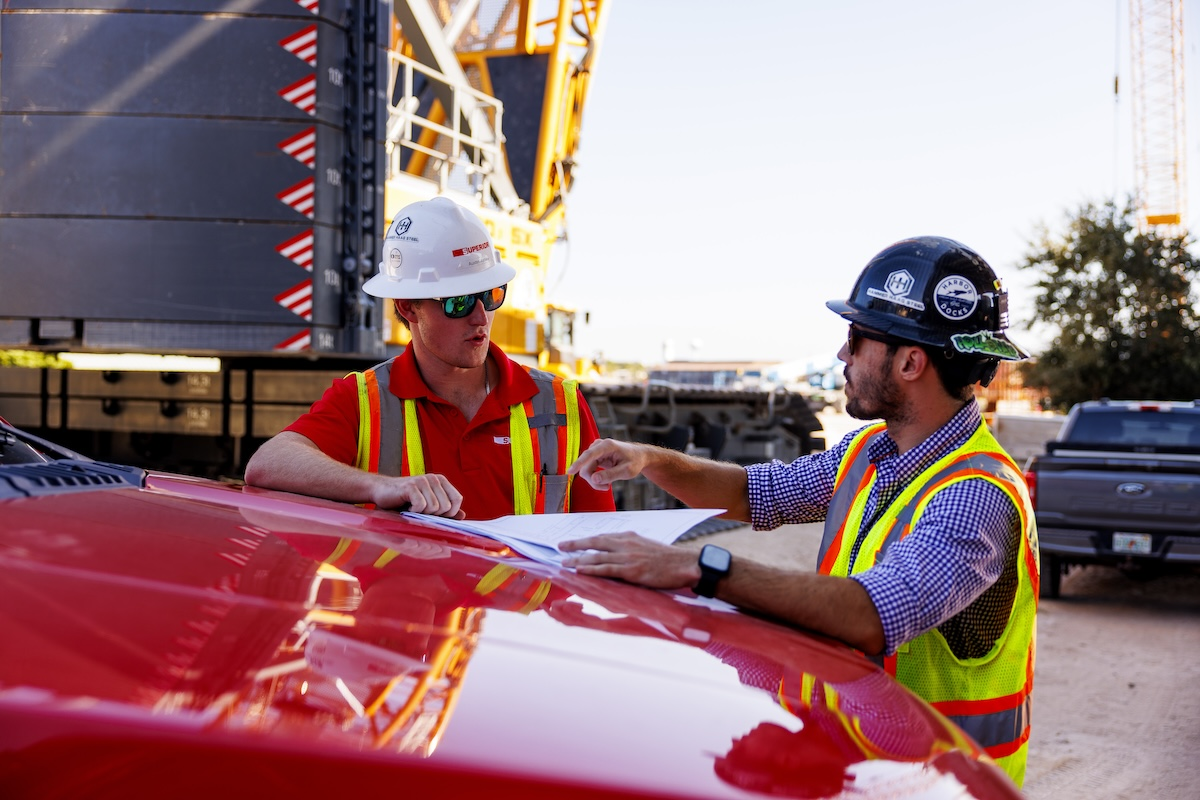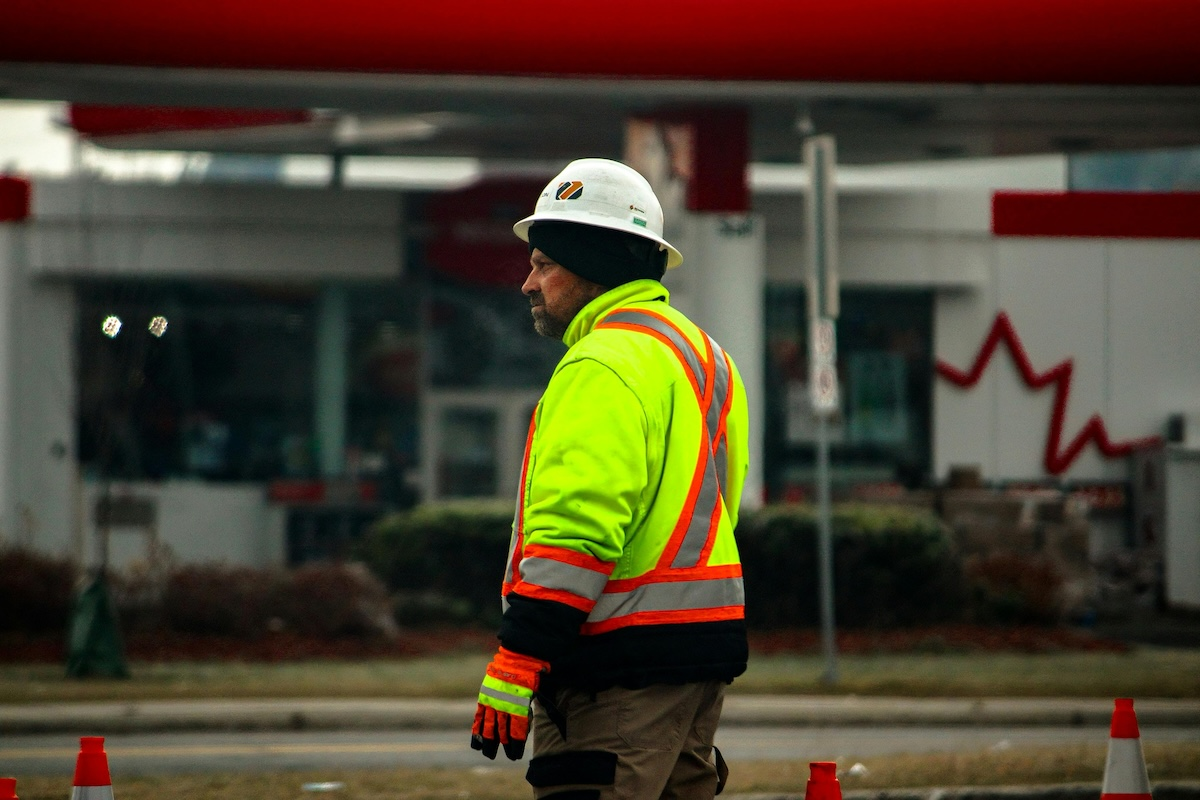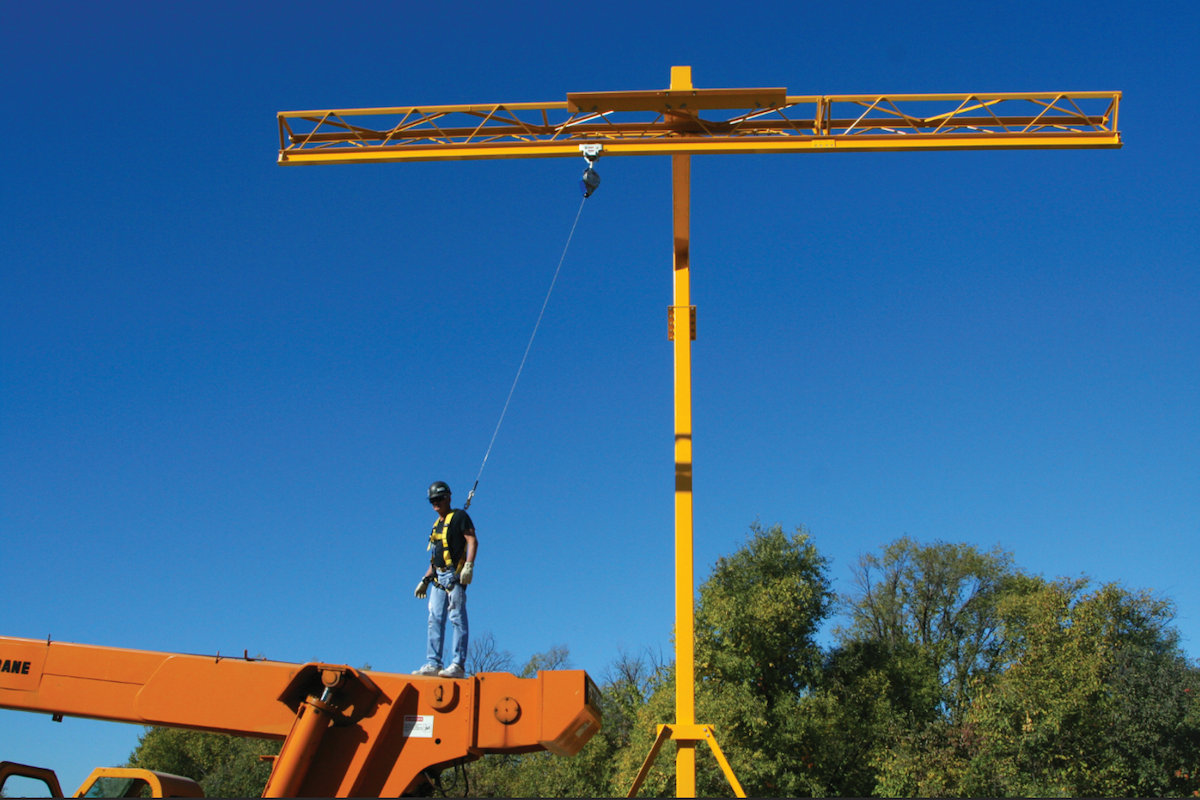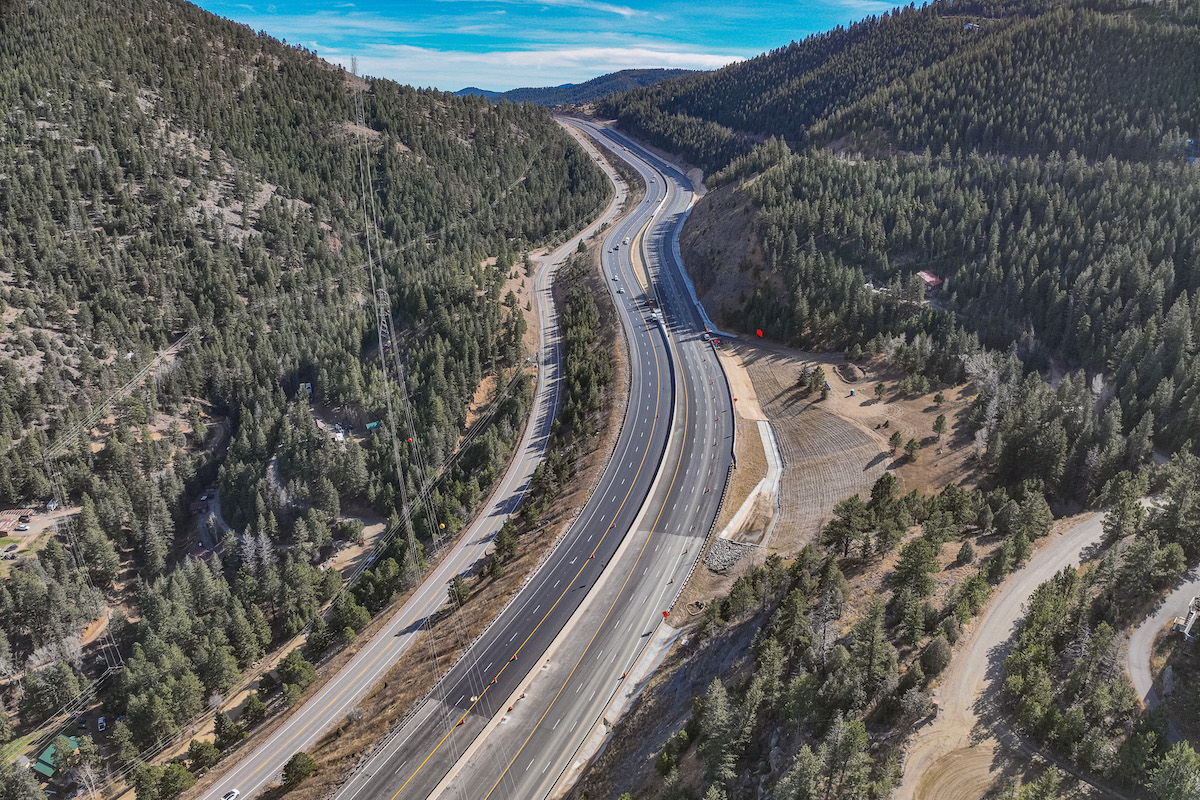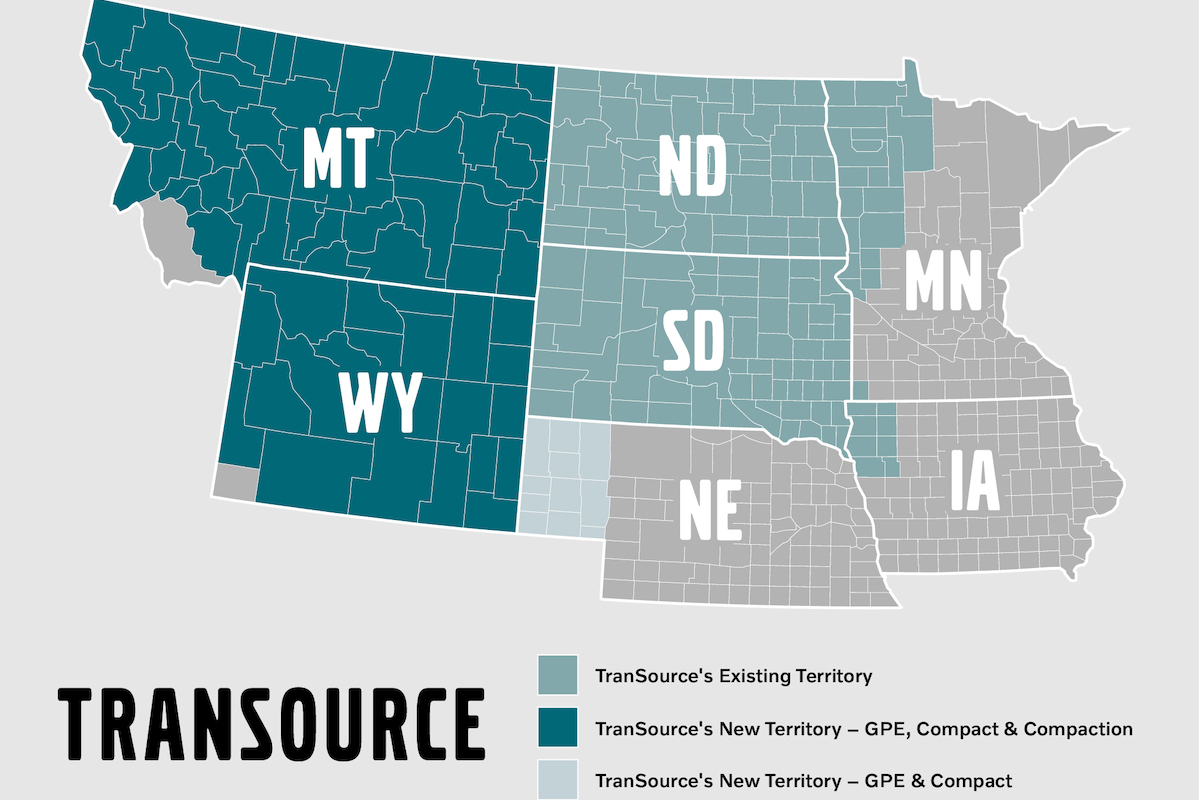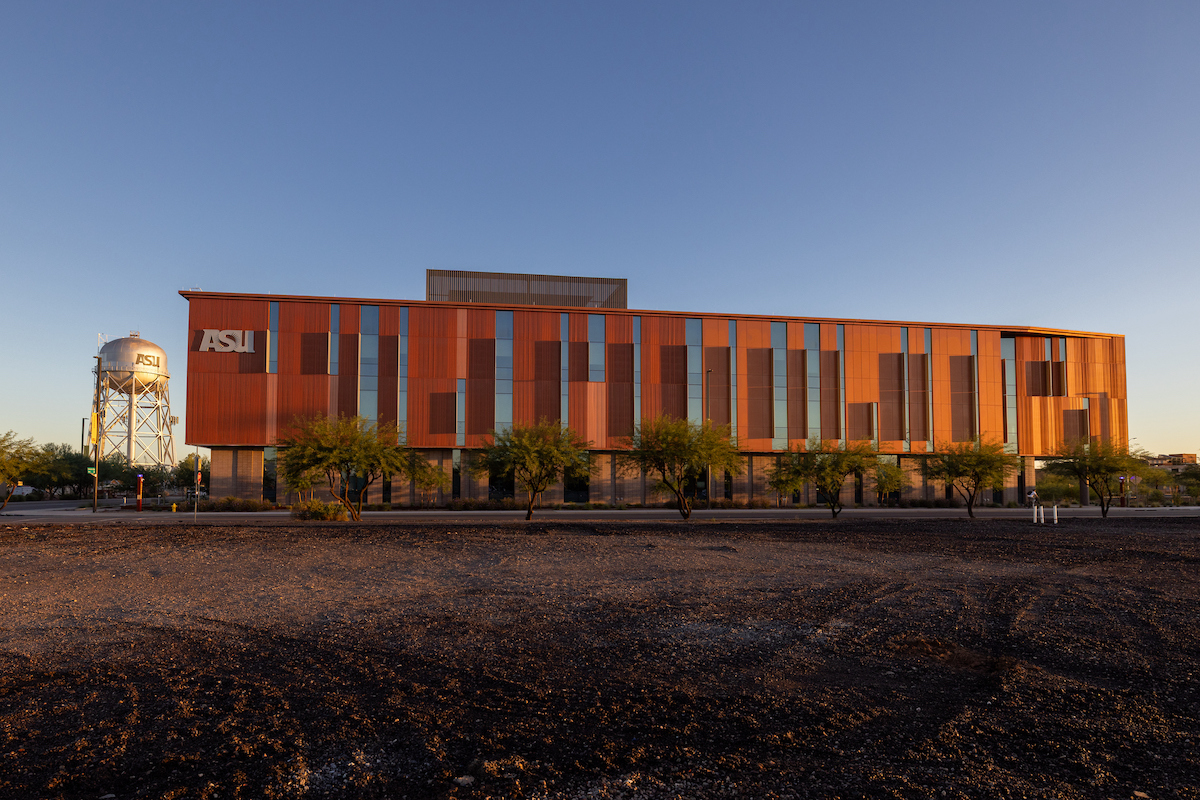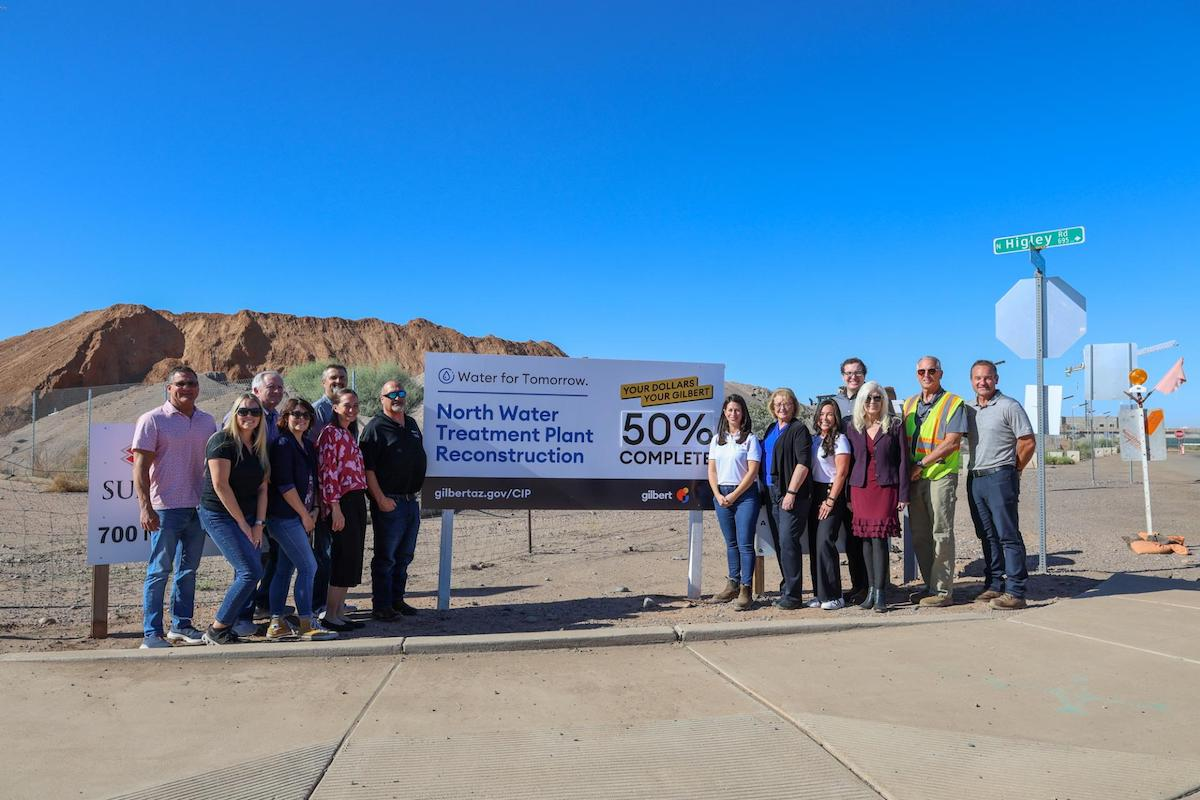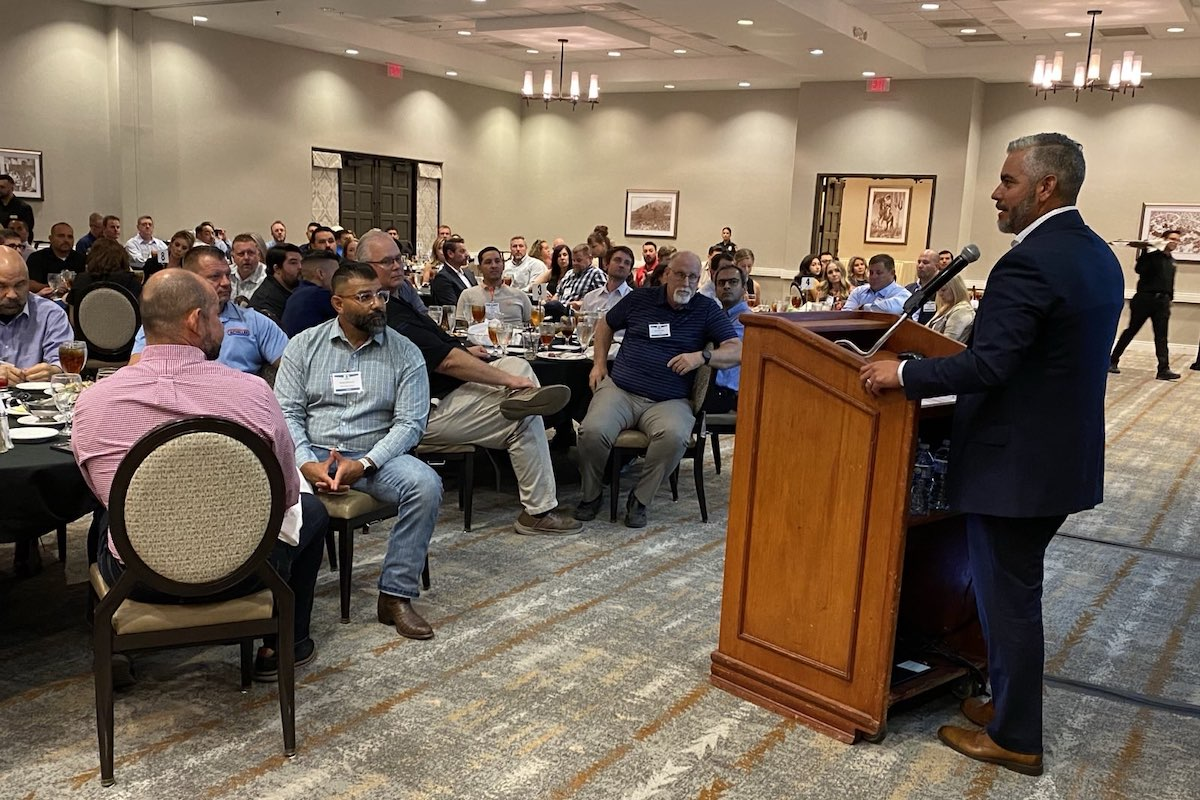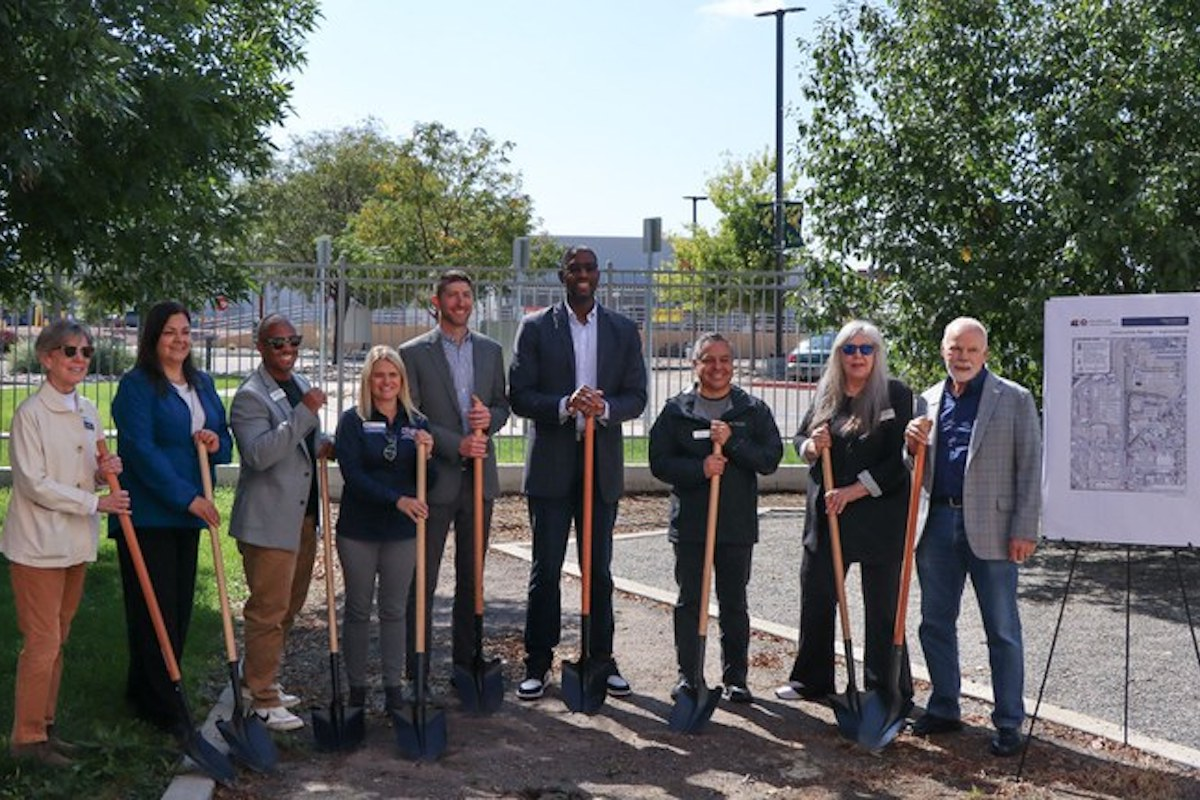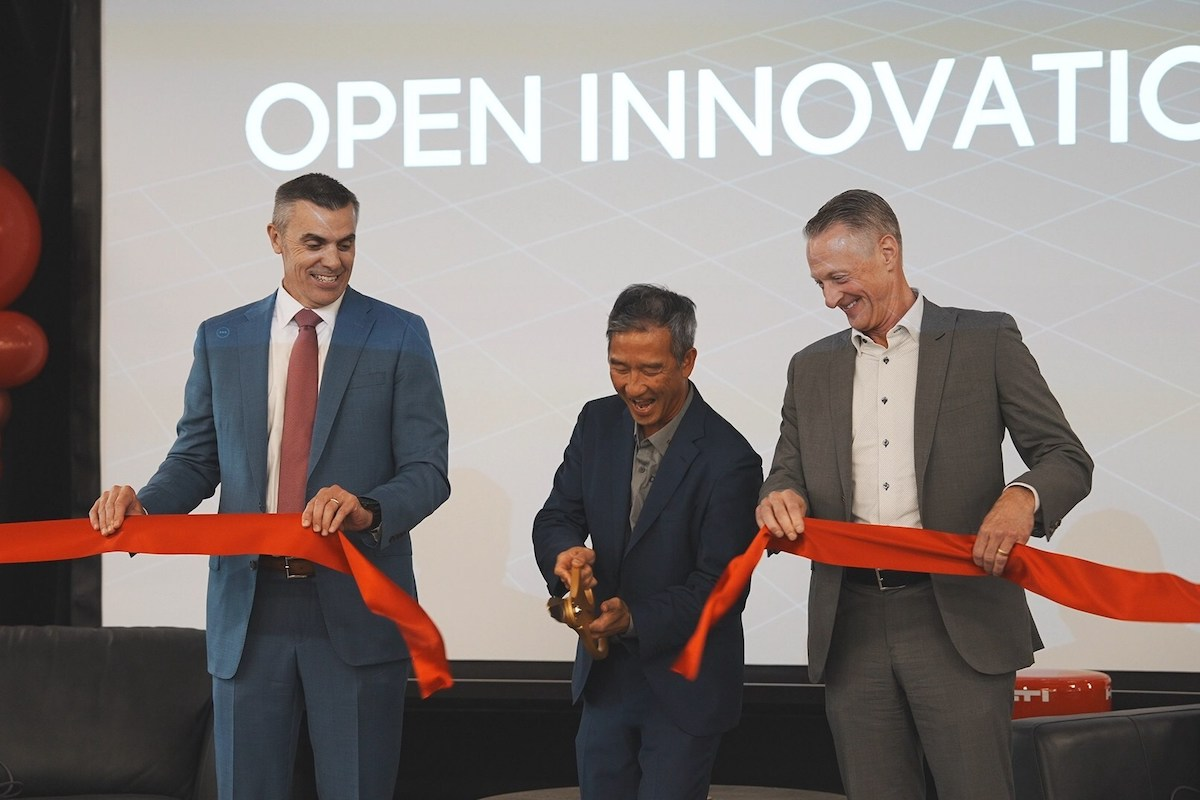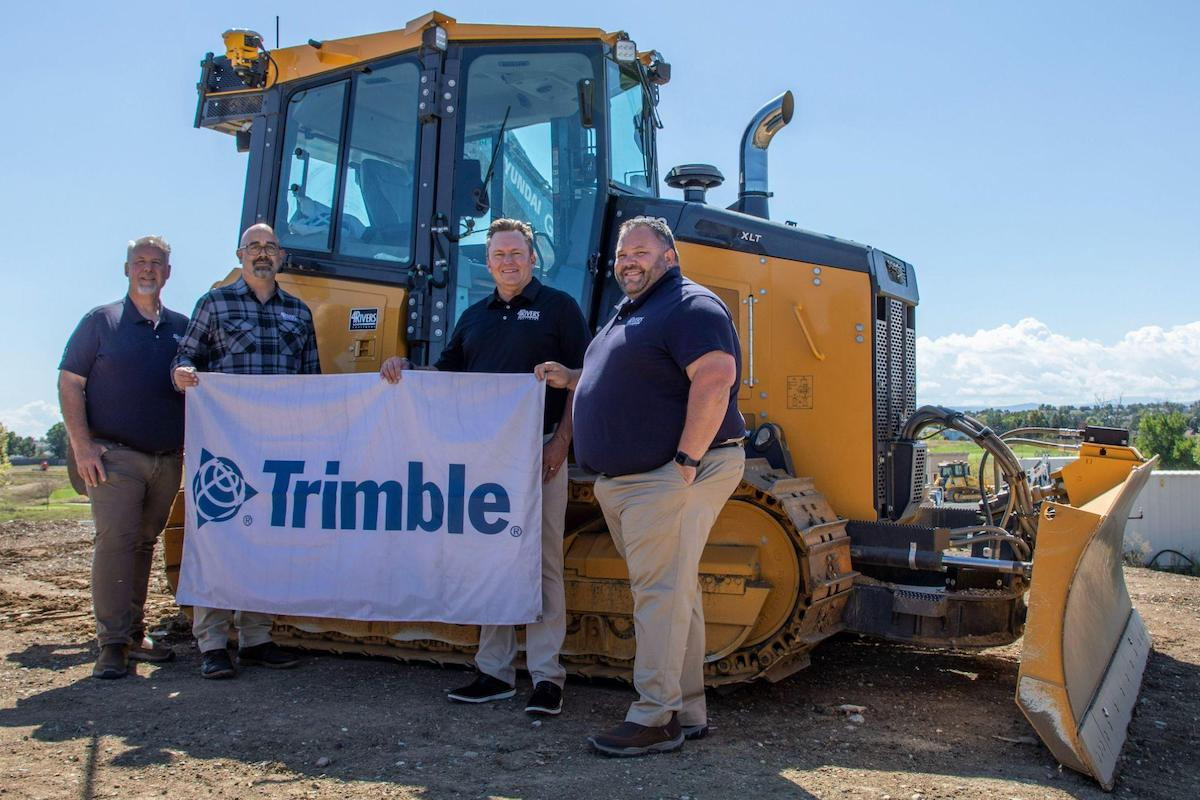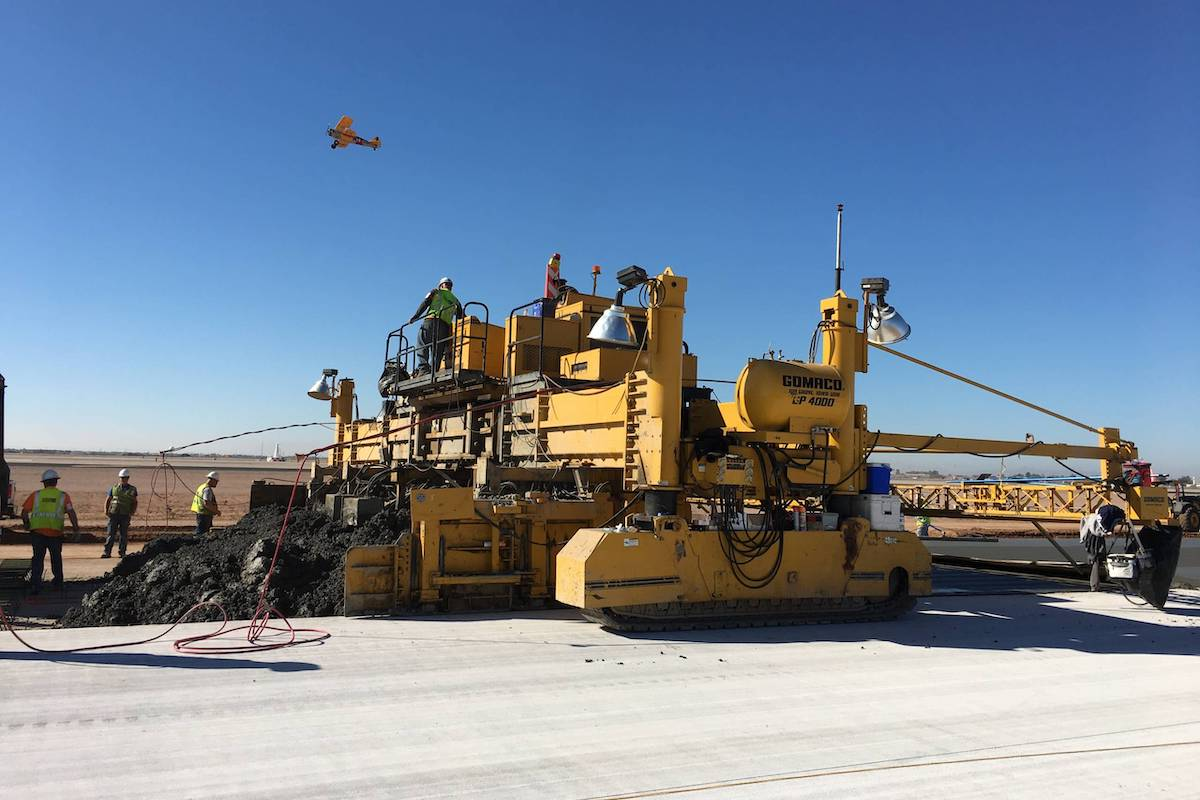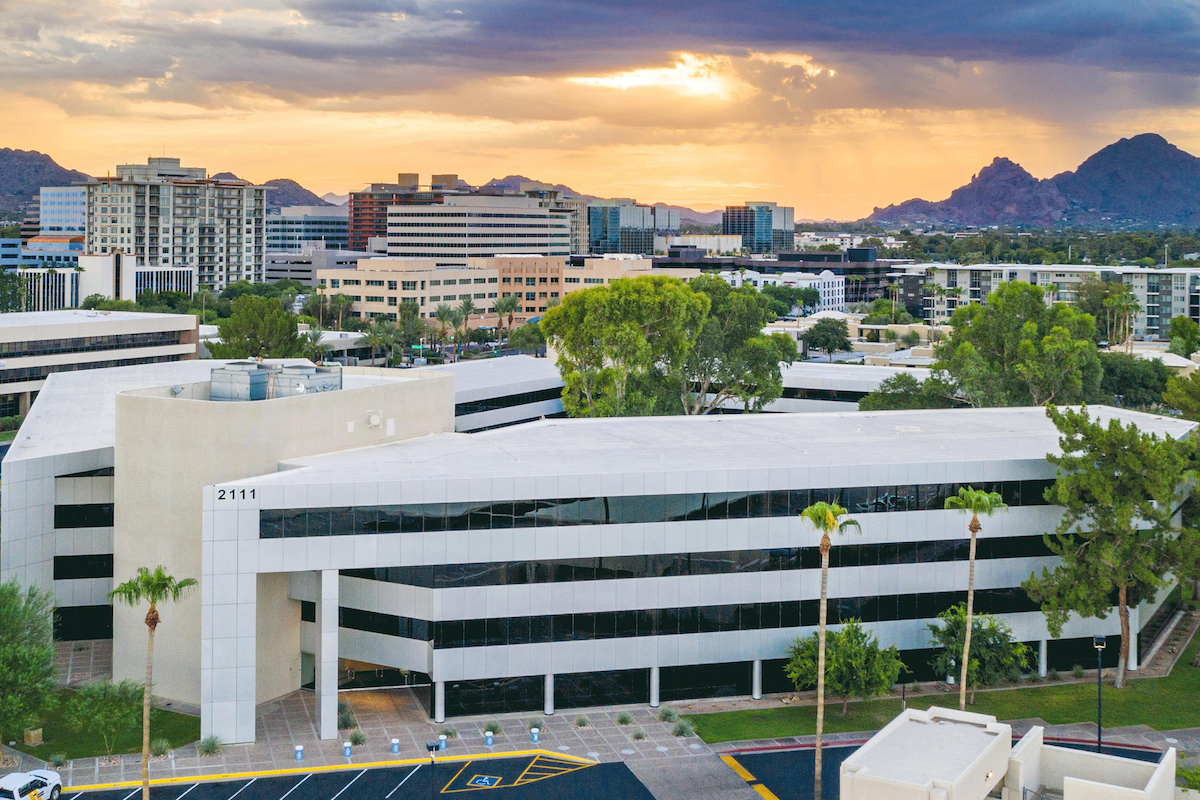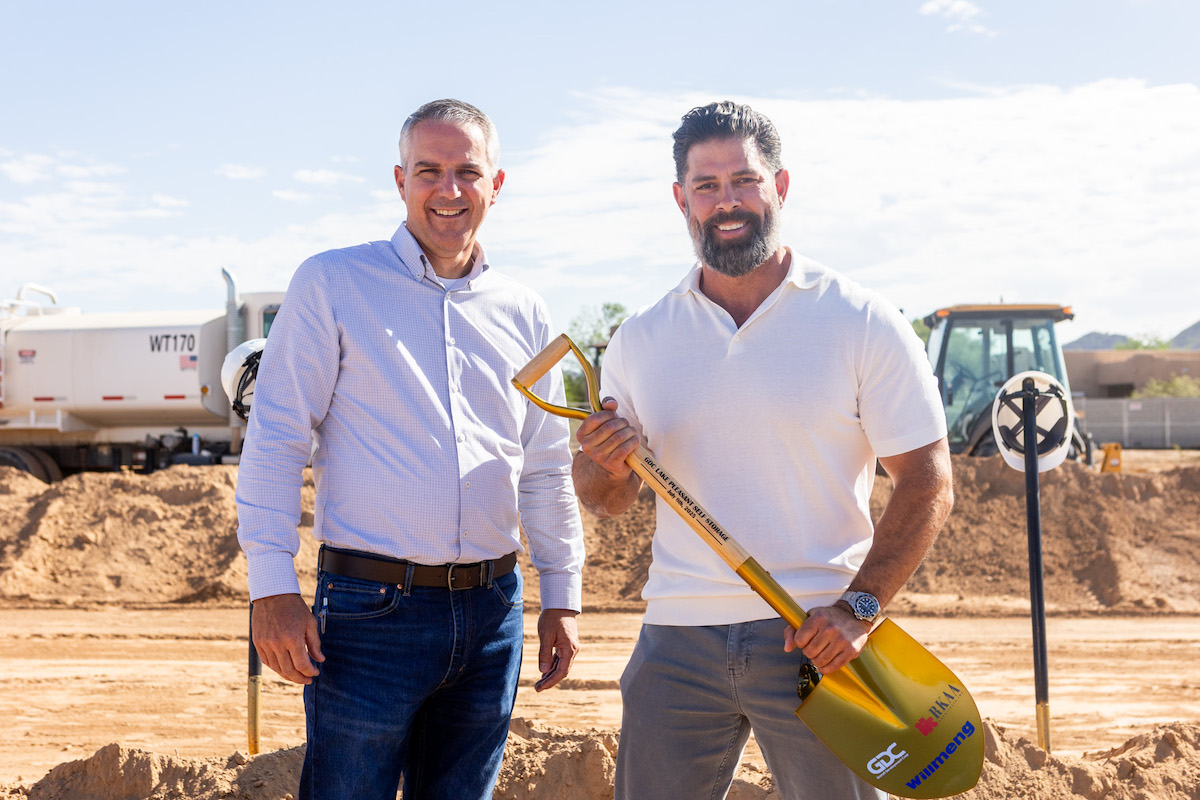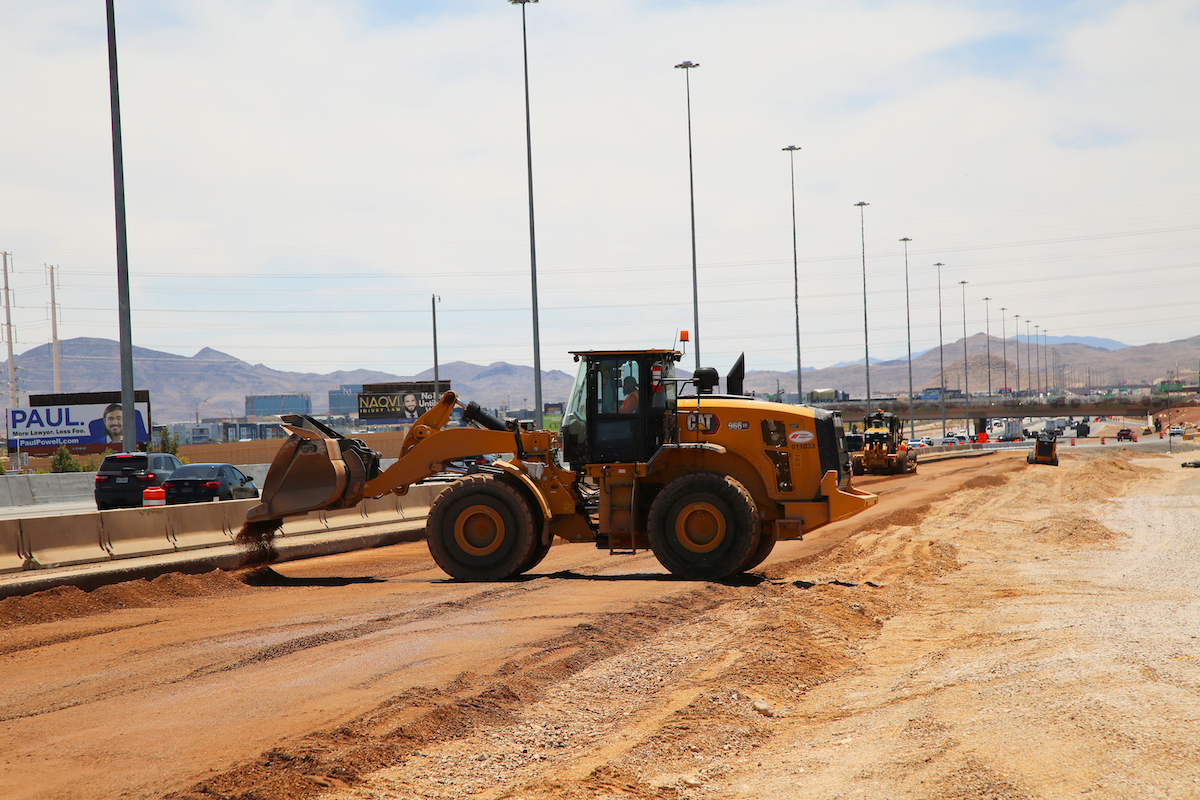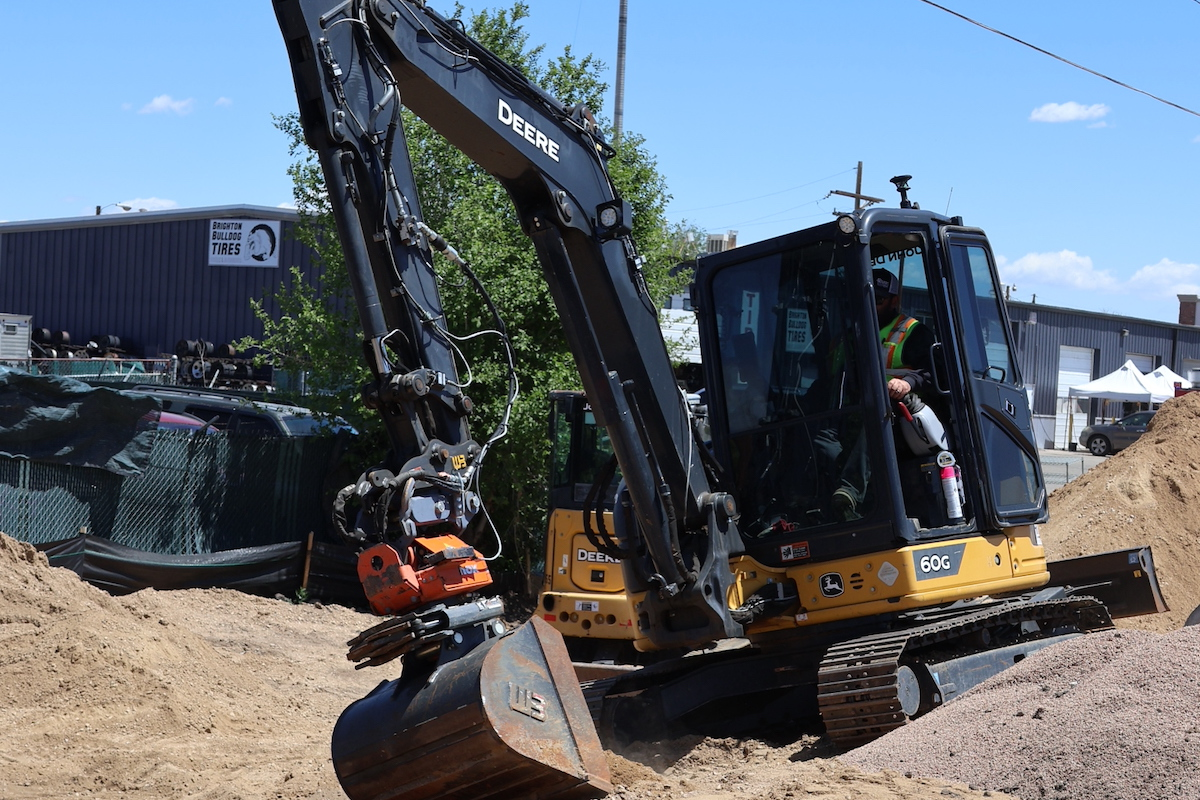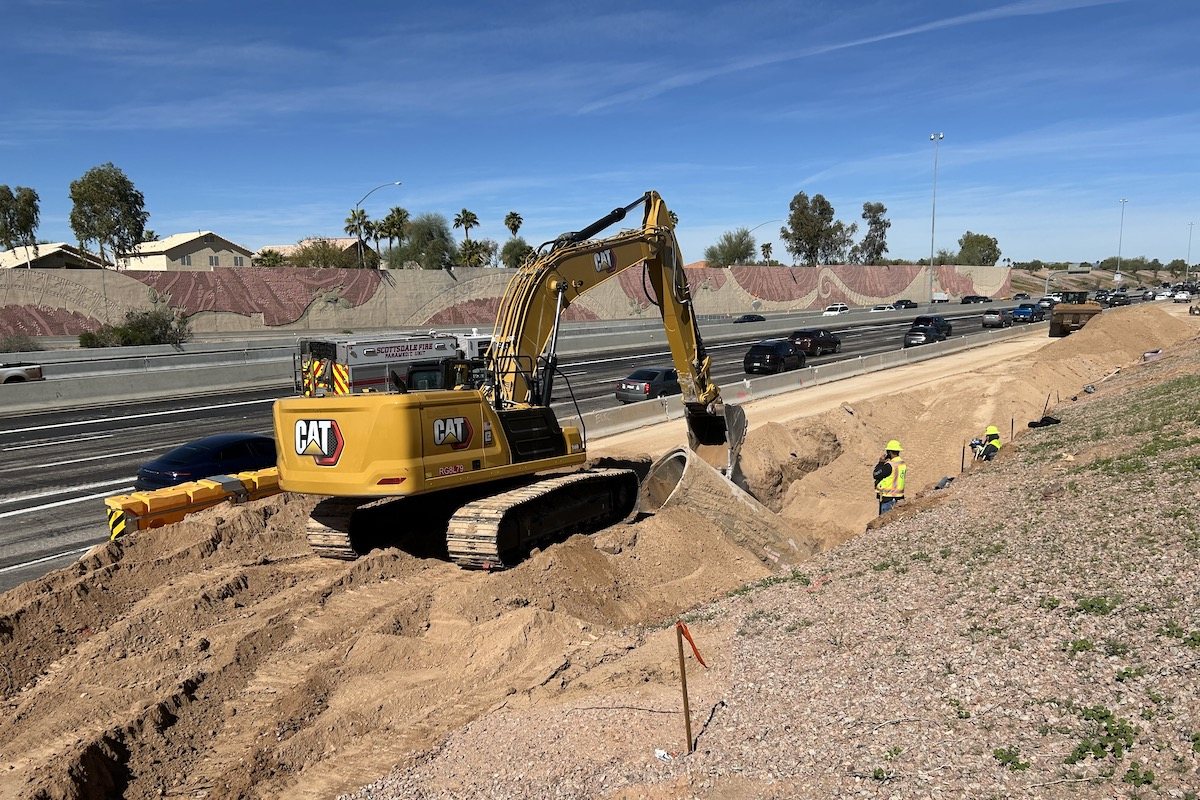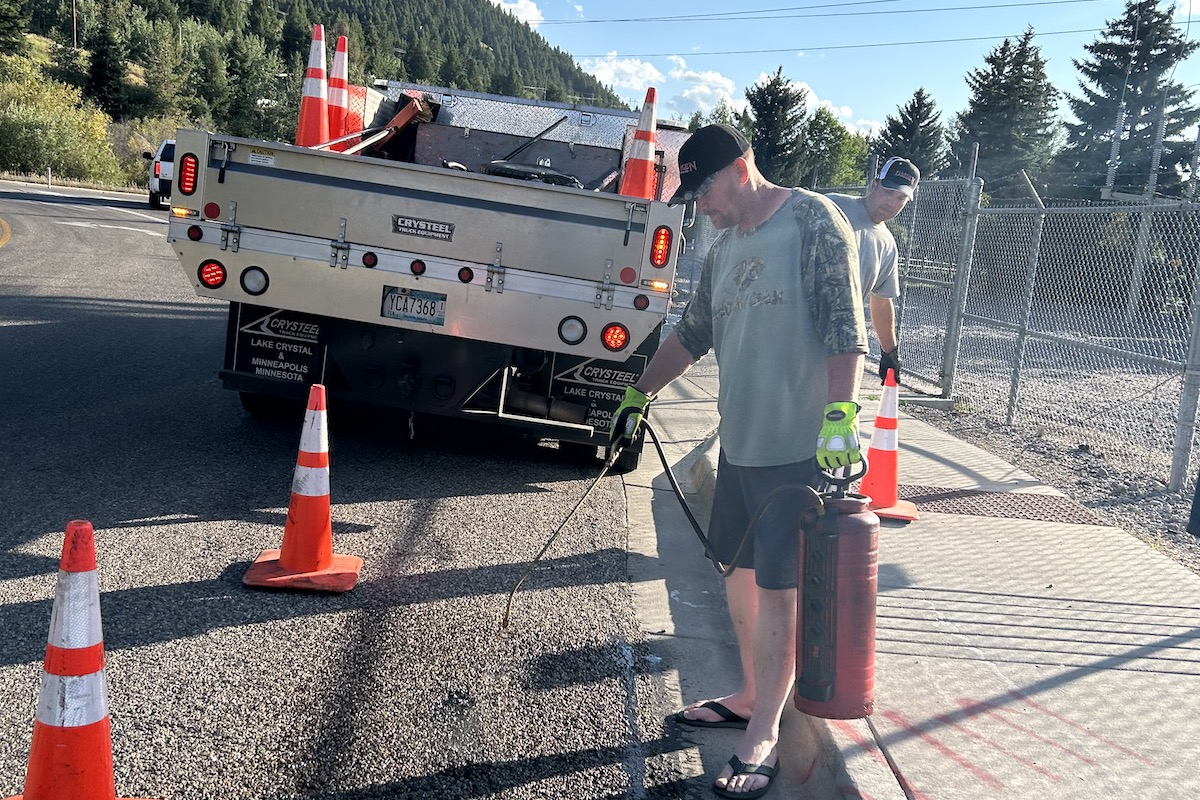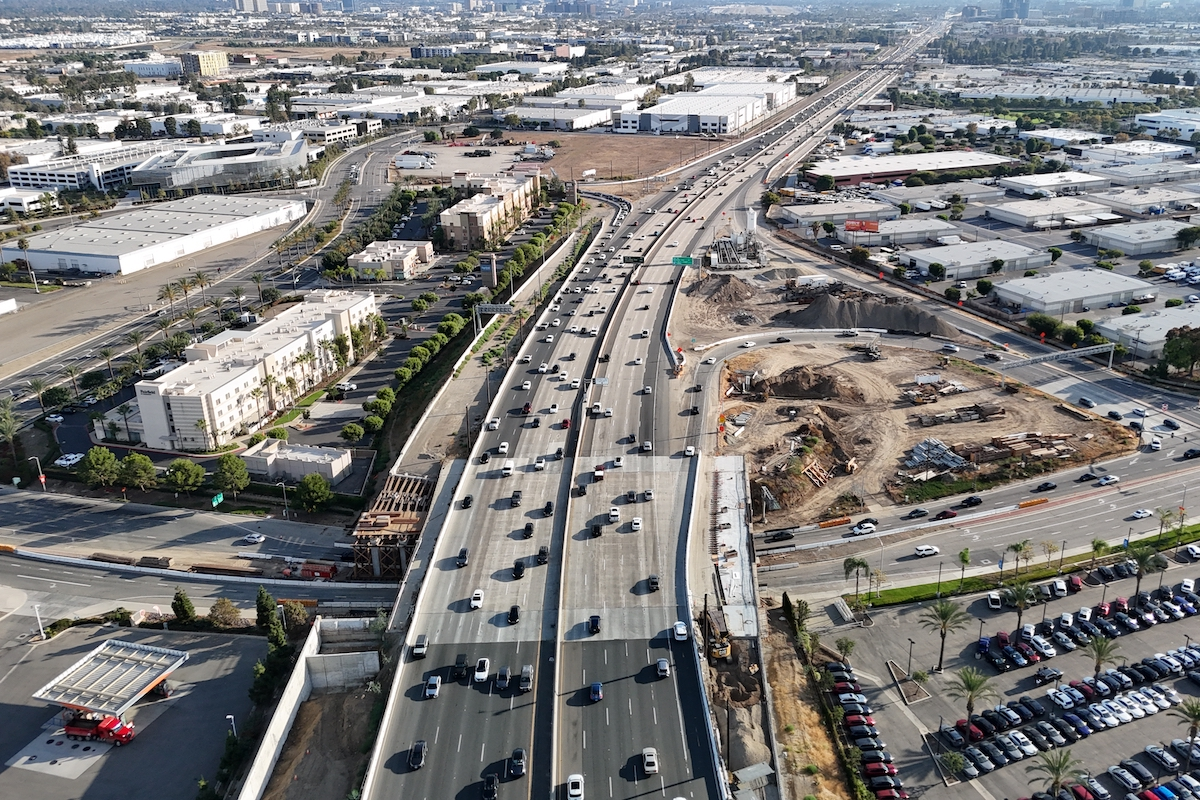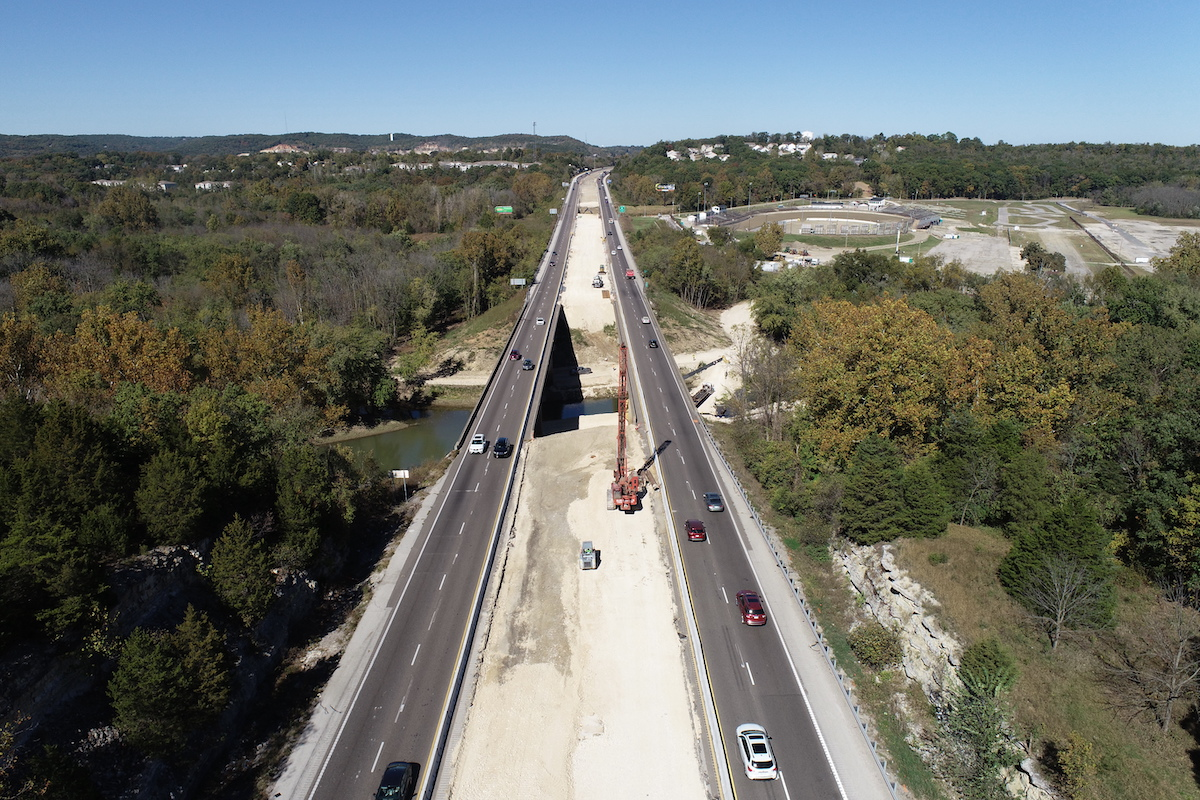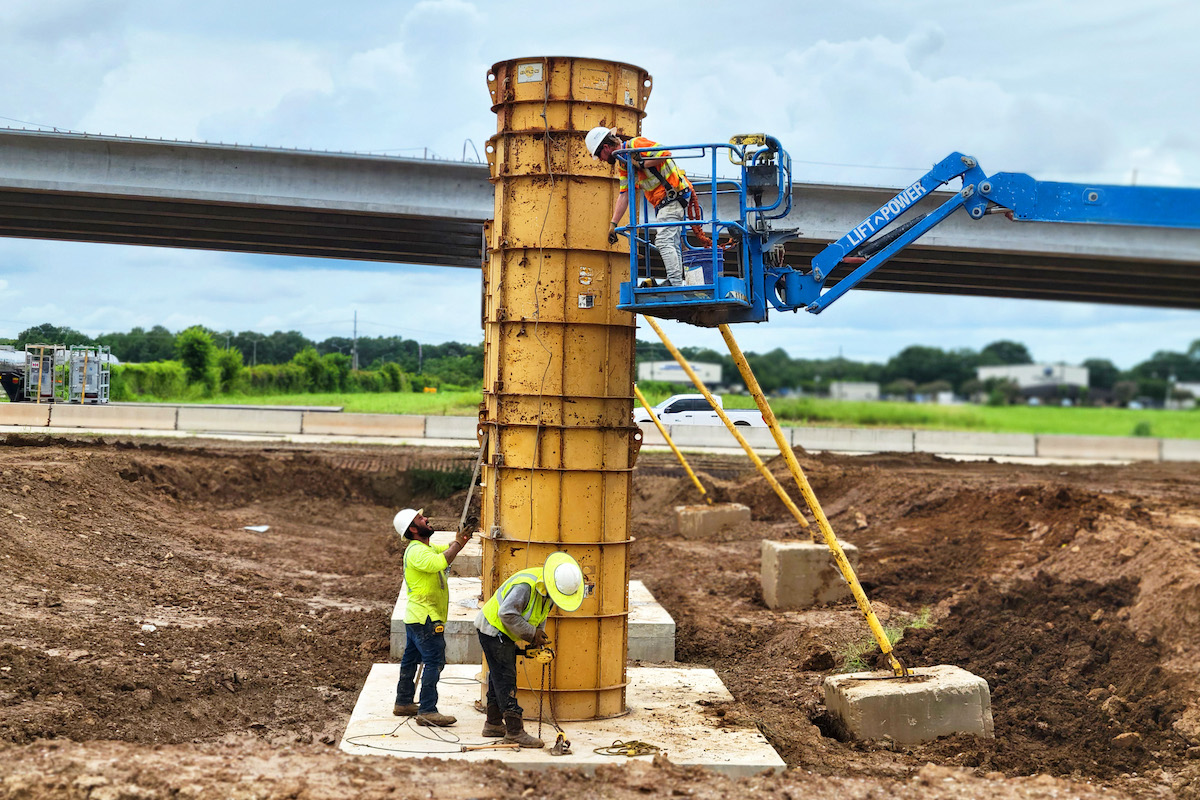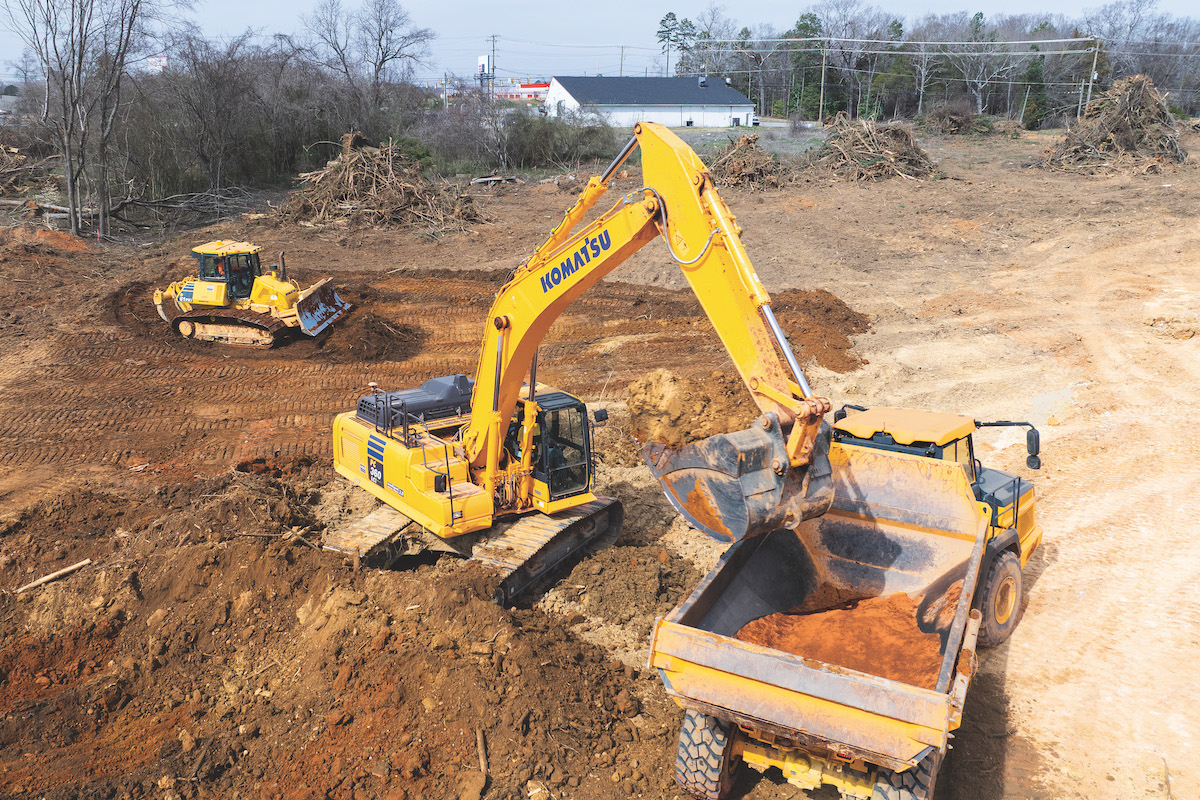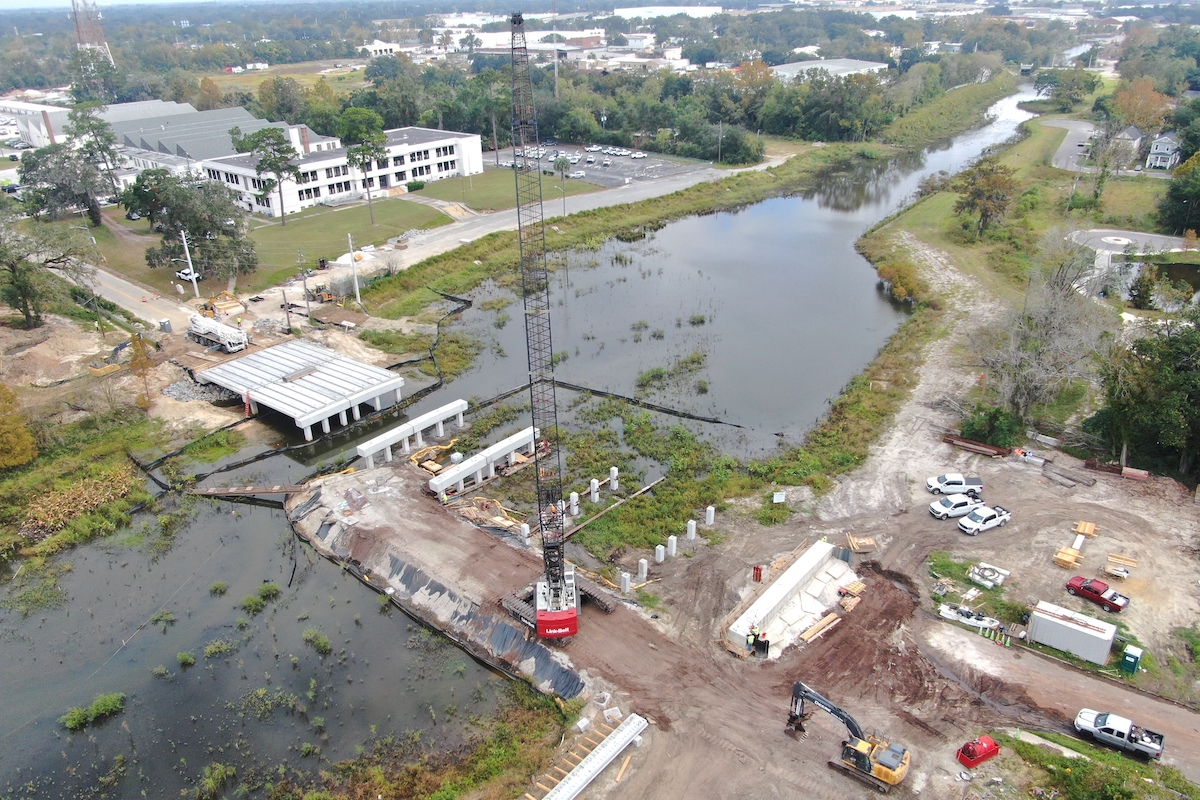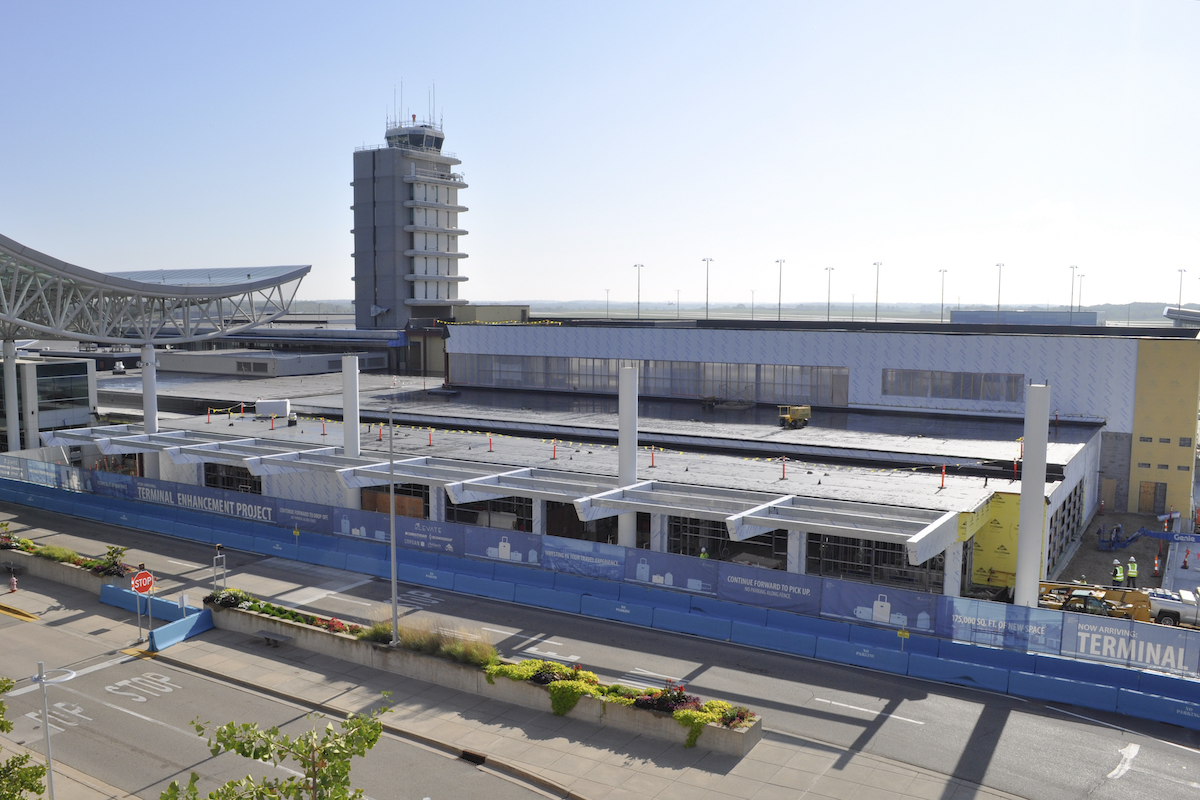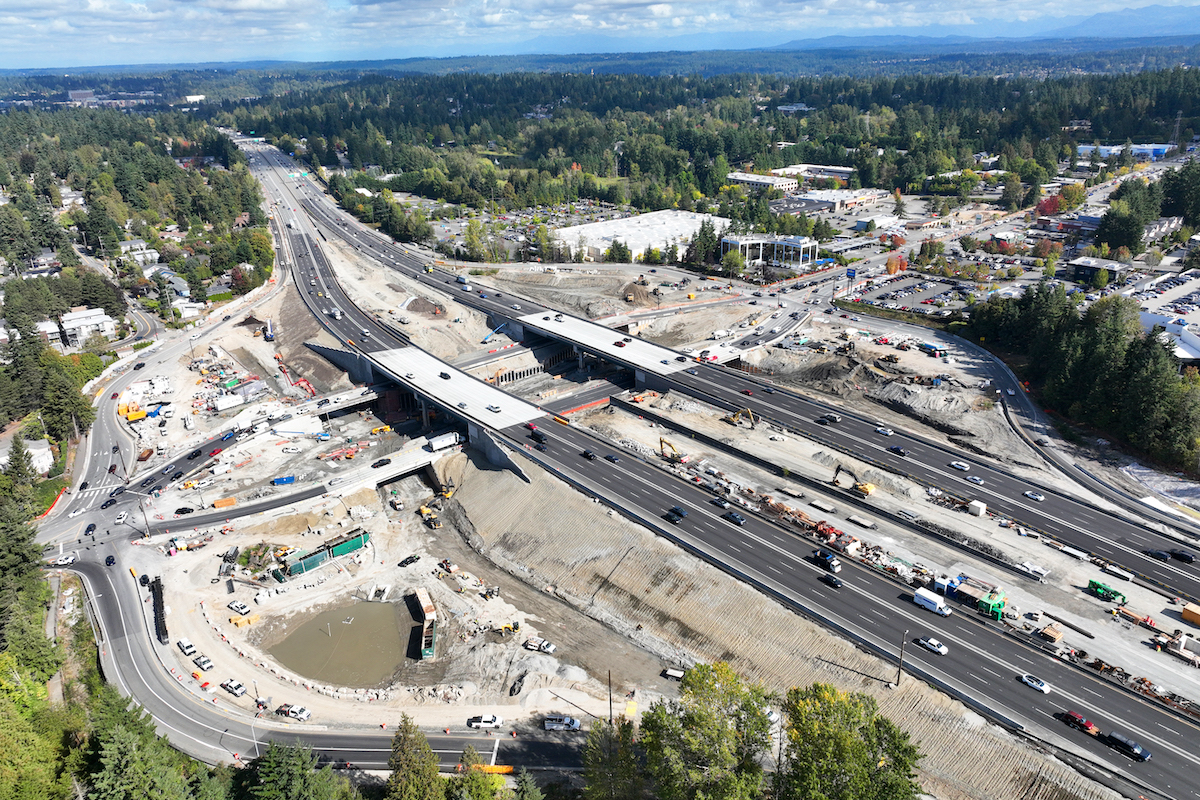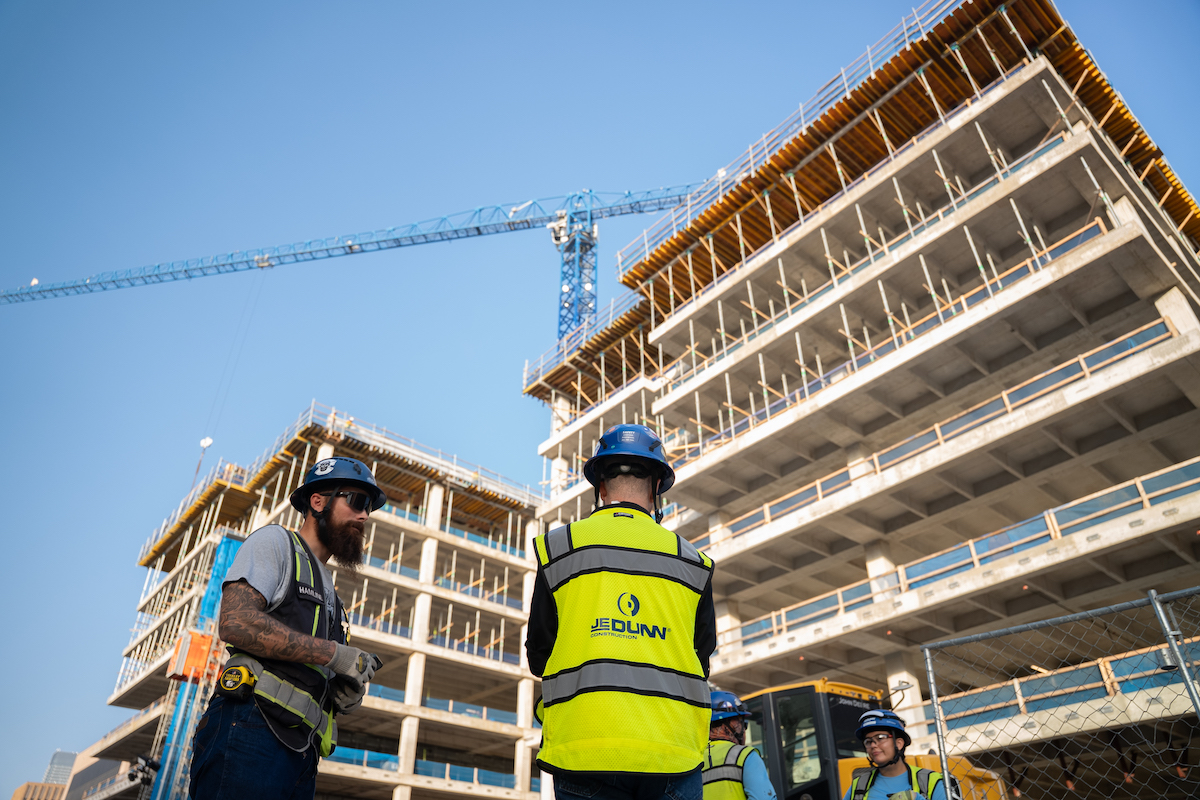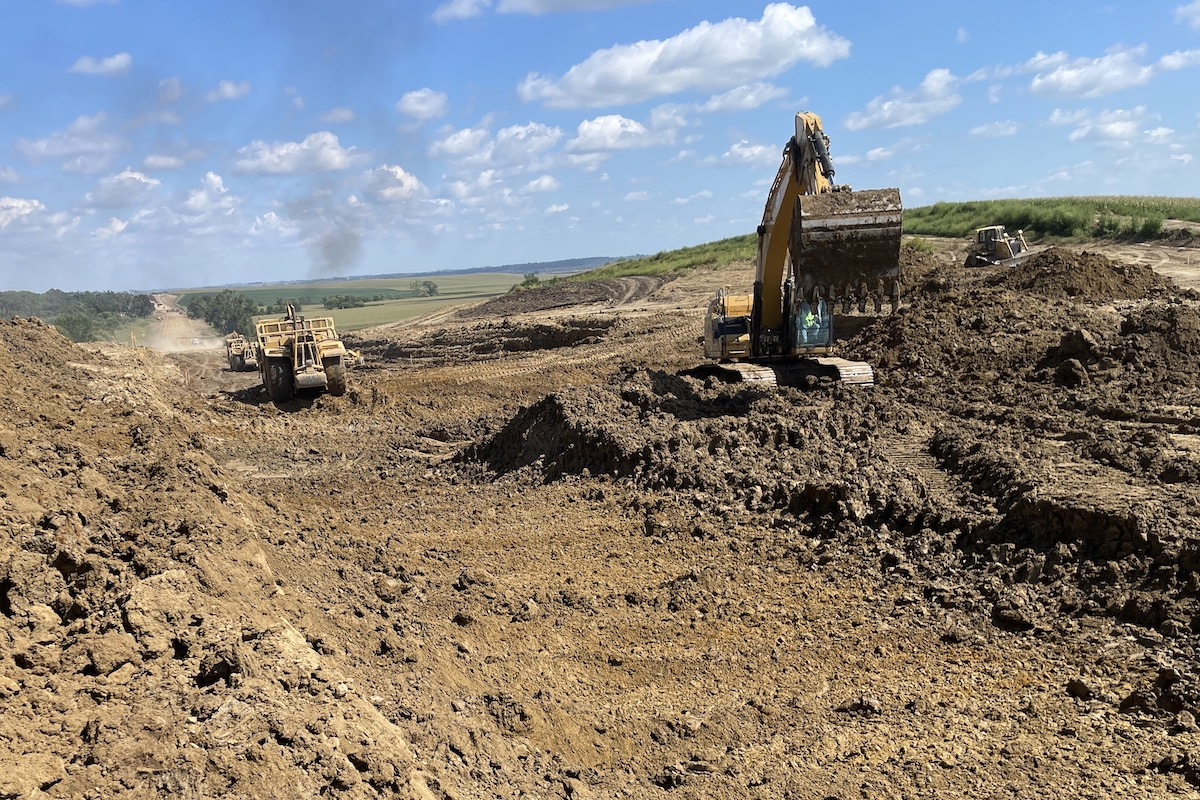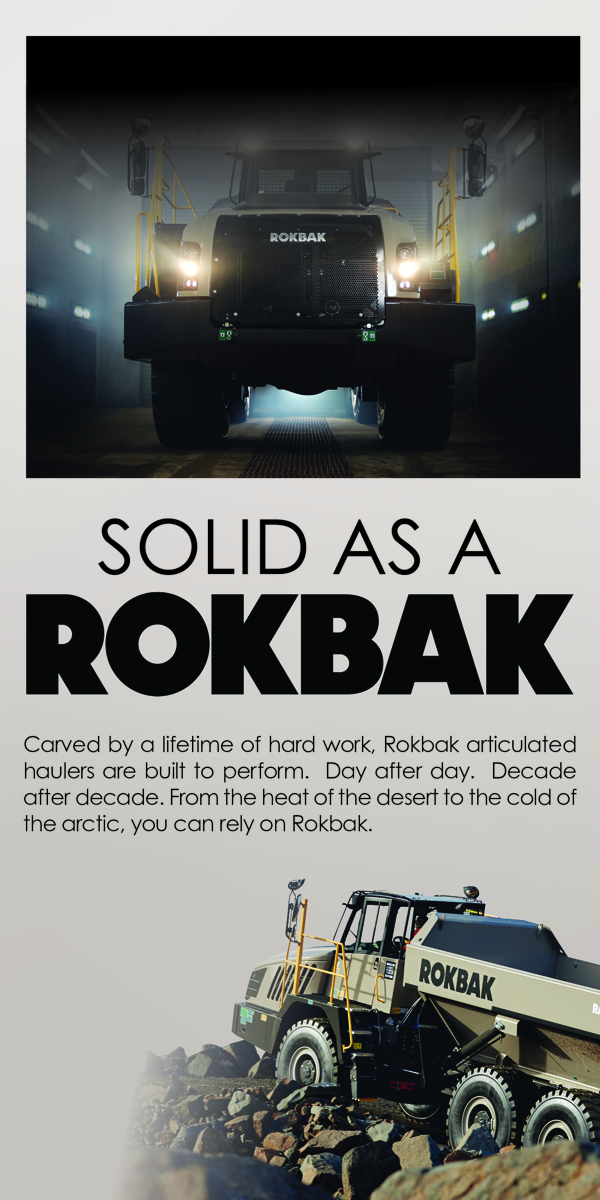Skyline, Honolulu Authority for Rapid Transportation’s (HART) new fully autonomous light rail system, is moving into the critical downtown stage of construction.
The largest public works project in Hawaii’s history awarded its final segment contract in August of 2024 to heavy civil and infrastructure construction firm Tutor Perini of Sylmar, California.
This $1.66 billion City Center Guideway and Stations (CCGS) project includes the final 4-mile guideway segment, along with six stations through dense utility corridors and historic neighborhoods.
The project not only entails significant engineering feats, but also requires the delicate cultural management of ancient burial grounds and the handling of resulting delays.
Extending from Middle Street into downtown Honolulu, Hawaii, Segment 3 includes extensive utility relocation along the Dillingham corridor and downtown areas. This work must be completed prior to guideway column and station construction.

| Your local Volvo Construction Equipment dealer |
|---|
| Faris Machinery |
Utility relocation work in the Dillingham Corridor (between Middle Street and Kaʻaahi Street) is scheduled through mid‑2026 and supports the infrastructure of Segment 3.
“In Google Maps, you can put yourself on Dillingham and look at it overhead for yourself,” said Vance Tsuda, HART Project Director. “There's a cluster of overhead lines — whether it's communication lines, power lines — they go left to right, straight ahead, backward, and forward. We're taking all of those overhead lines and putting them underground.”
“And then we have the underground mess that we're dealing with as well,” Tsuda said. “All the wet utilities, storm drains, water lines, gas lines — everything that's underground.”
As-built (or record) drawings of existing utilities are either nonexistent, unclear, or inaccurate, complicating the work.

| Your local Trimble Construction Division dealer |
|---|
| SITECH Northwest |
| SITECH Rocky Mountain |
| SITECH Southwest |
“We base it on what's available, what investigative work we've done, and put that all together to shift utilities to make space for all the overhead lines,” Tsuda said. “And really, the biggest challenge is we have 138-kilovolt lines that are running parallel with Dillingham, and that's all going underground.”
The high voltage transmission lines require complex planning and coordination with the utility contractor, following safety protocols. Mistakes can cause safety hazards, blackouts, and impacts to the public.
“Imagine those big electrical conductors that need conduits and duct banks that will go underground,” Tsuda said. “Shifting things, and then making space for those 8- to 10-foot diameter columns that support the guideway is very challenging.”
“On either side of the canal, we have pits that go down about 30 feet deep and we have a 4-foot microtunnel that runs under that canal that carries all of the utilities,” Tsuda added. “The City Center Guideway and Stations contractor [began] drilling shafts in September of this year, and then by the end of the year, the first columns will be put up, which is critical for us.”

| Your local Bobcat dealer |
|---|
| Ditch Witch West |
| Faris Machinery |
| Romco Equipment Co |
The Chinatown Station, part of Segment 3, is located in one of the densest, busiest parts of Honolulu’s urban core that then transitions into a suburban area. The station also requires complex utility relocation and sophisticated engineering work.
Located along the Nimitz Highway, the elevated station and guideway is located within the highway’s median and resides across the street from Honolulu Harbor.
“The station landing and touchdown will be on the mountain side of the highway, what we call the mauka side,’” said Lori Kahikina, HART Executive Director and CEO. “The ocean side [makai] of the station will overhang that highway, so basically cantilever it over, floating right over travel lanes. It’s very challenging and unique engineering and construction.”
The Skyline project overall had numerous delays, in large part Kahikina said was due to environmental and cultural impacts, particularly due to the discovery of ancient Hawaiian ancestral bones known as “iwi kūpuna.”

| Your local Gomaco dealer |
|---|
| Faris Machinery |
| Tri-State Truck & Equipment Inc |
In Native Hawaiian culture, bones are considered powerful and sacred, containing a spiritual life force known as “mana.” Bones were intentionally hidden for protection, oftentimes close to the surface. Discovering these remains can lead to work pauses, consultations with descendants, and even project redesigns.
“Being here in Hawaii, the Native Hawaiians — and I am one of them — it's very culturally sensitive,” Kahikina said.
“Way back in the ancient times, you could only dig so deep, probably not deeper than 10 feet or so. ... As we're doing active construction, whenever we encounter iwi, there's an entire process that needs to be followed to ensure the respect for the ancient Hawaiians,” Kahikina added. “A lineal descendant has to make the decision whether we leave the iwi in place, or do we remove them and then bury them someplace else? So, it's their decision, and again, has to be done with utmost respect.”
“I always say Hawaii is different. We're unique, and in some senses that is very true and we're such a small island, you can't go one or two degrees without knowing each other,” she said. “Relationships are so key to getting things done over here. It all boils down to those relationships, and trusting one another, and just helping one another.”

| Your local Volvo Construction Equipment dealer |
|---|
| Faris Machinery |
The ancient Hawaiians also had a method of dividing the land into wedge-shaped sections called “ahupua‘a.” Each wedge ran from the mauka to the makai. These divisions were economic in nature, allowing each community to live sustainably within their own borders.
“The ancient Hawaiians divided the island from the top of the mountain down to the ocean, all in different segments,” Kahikina said. “And based on which ahupua‘a the station is in, there's history behind it.”
Each Skyline station sits within a different ahupua‘a. Per HART’s programmatic agreement — which outlines procedures to identify, evaluate, and mitigate impacts on historic properties including archaeological sites, burial sites, and other cultural resources — stations are designed to reflect the sense of place of that particular ahupua‘a through art installations, signage, and other treatments.
“There is art in the stations, and even the columns have decorative wraps around them, and there's meaning to those wraps,” Kahikina said. “We explain panel-by-panel what you're looking at, and that is significant to each ahupua‘a.”

| Your local Volvo Construction Equipment dealer |
|---|
| Faris Machinery |
“We’re going to have a lot of tourists that are going to ride the rail system,” Kahikina added. “So our goal is for them to understand, and even the locals to understand, the importance of that particular area that they are riding through. ... It’s beautiful — the system is elevated, the views. I was born and raised here, and the views that you see from the train are just phenomenal. The things you don't see because you're usually just driving on the freeway.”
The Skyline project is scheduled to be completed in 2031.
Editor’s Note: This is part two of the Skyline project story, which first appeared in the September issue.
Photos courtesy of Honolulu Authority for Rapid Transportation

